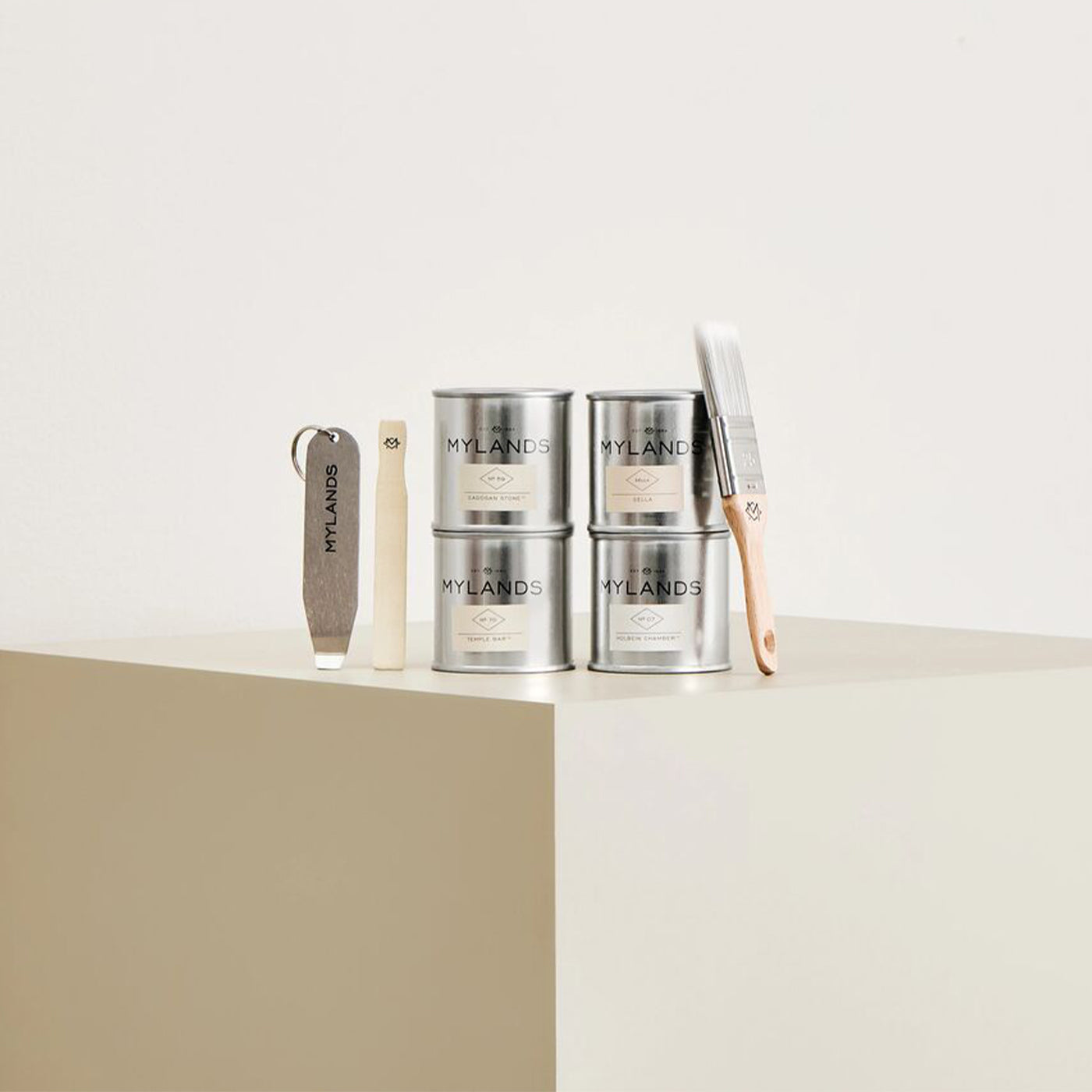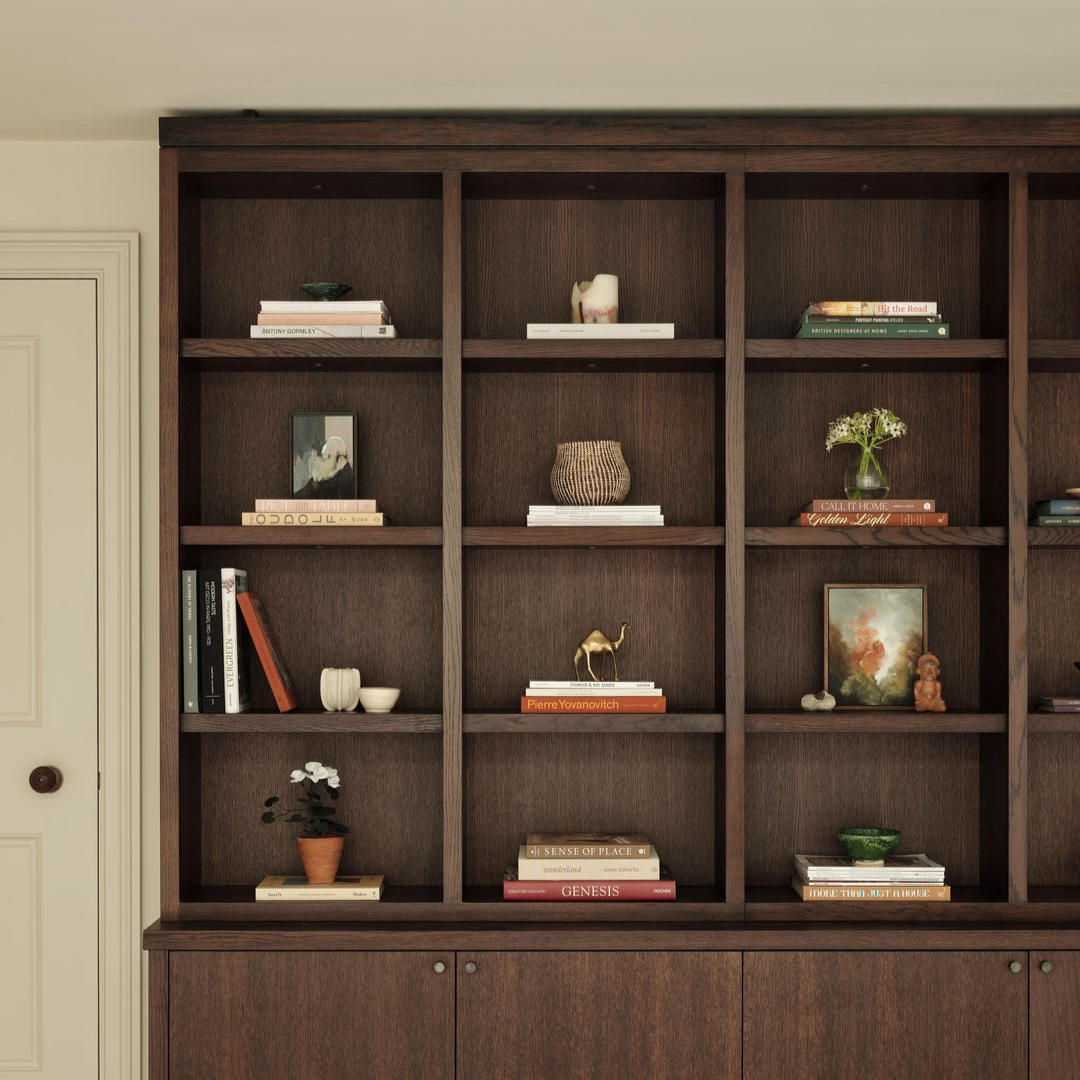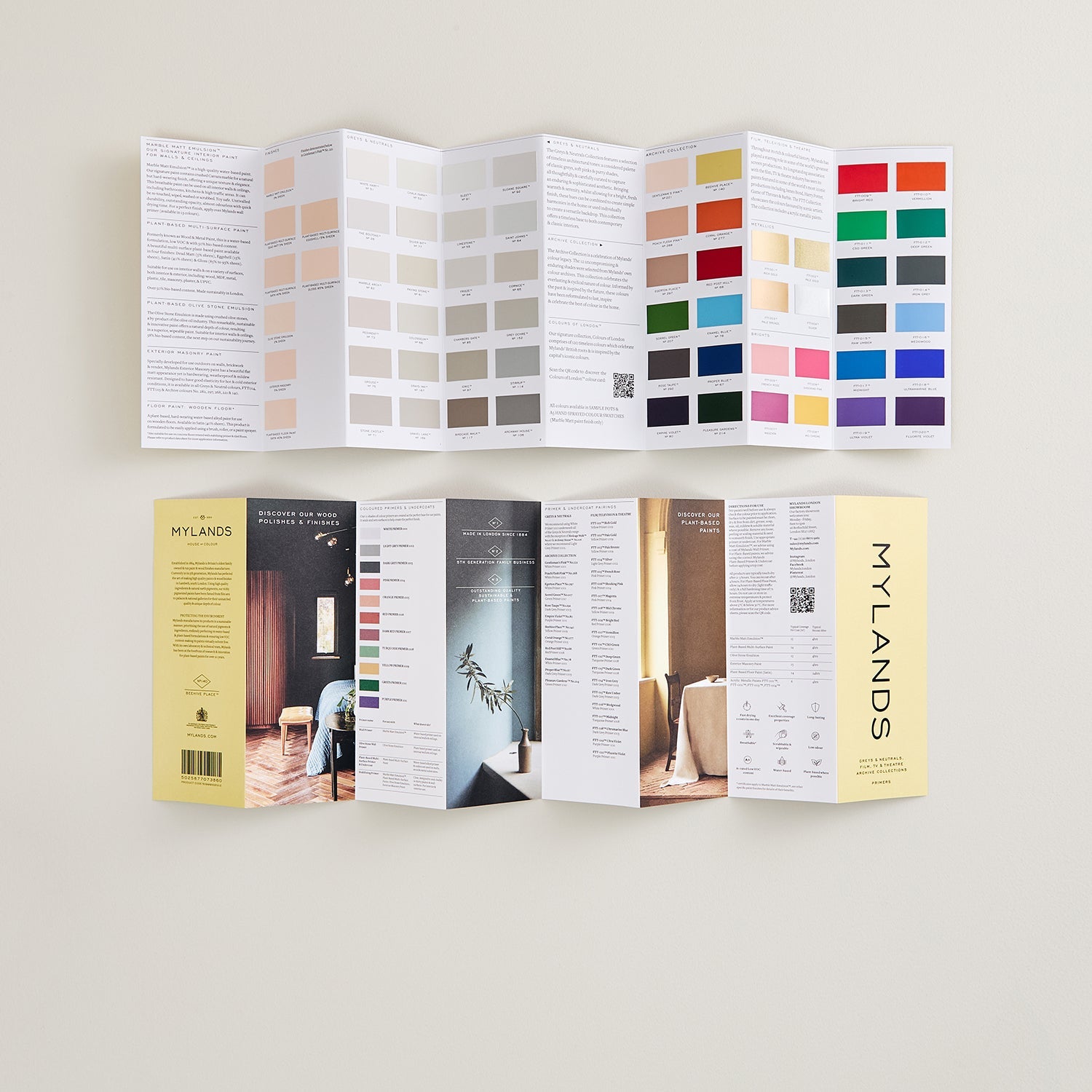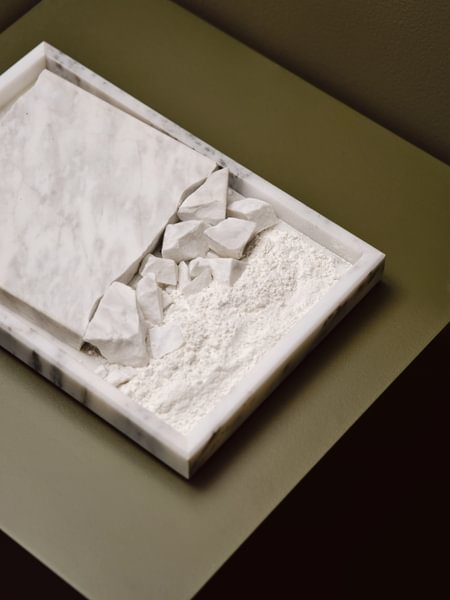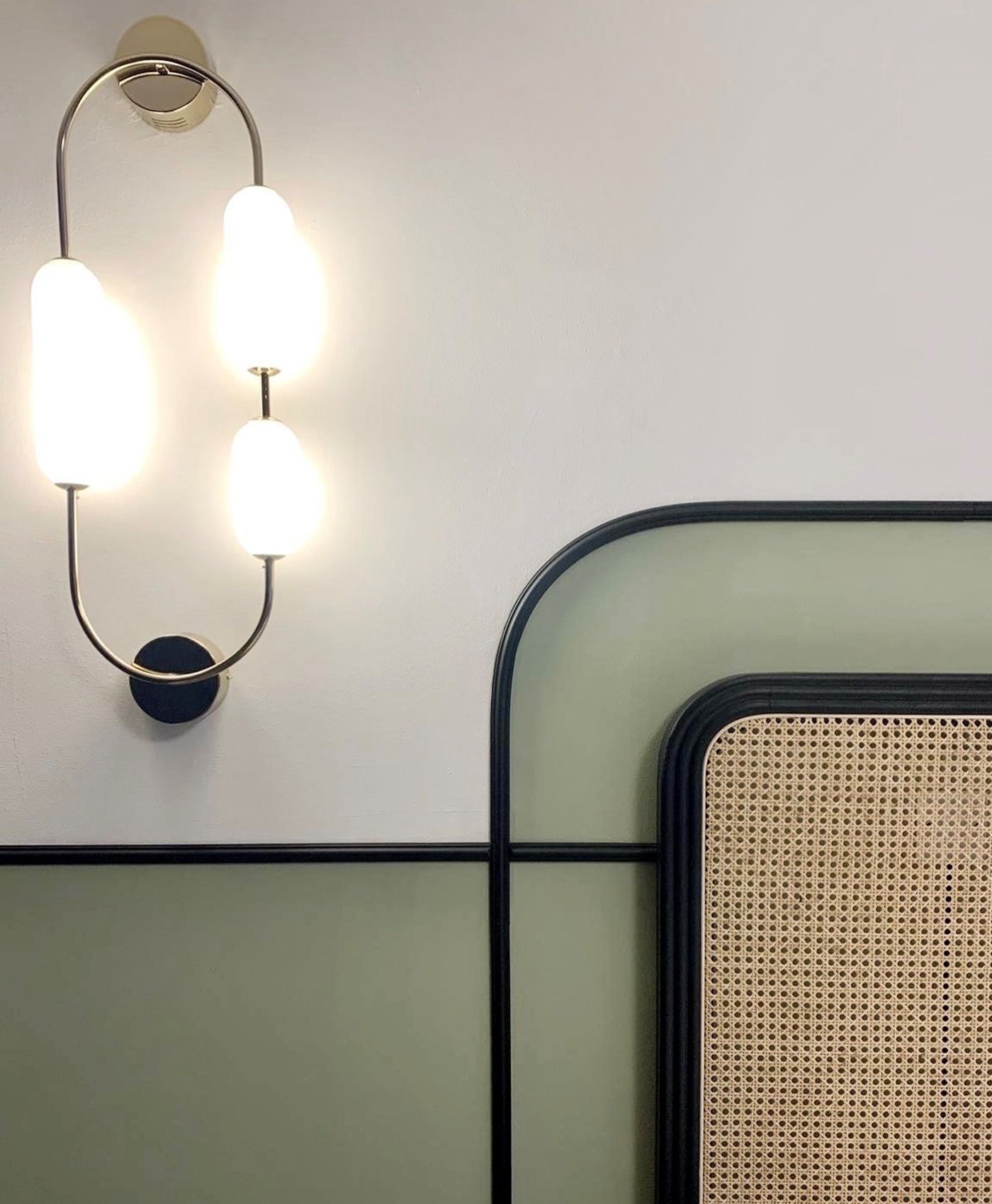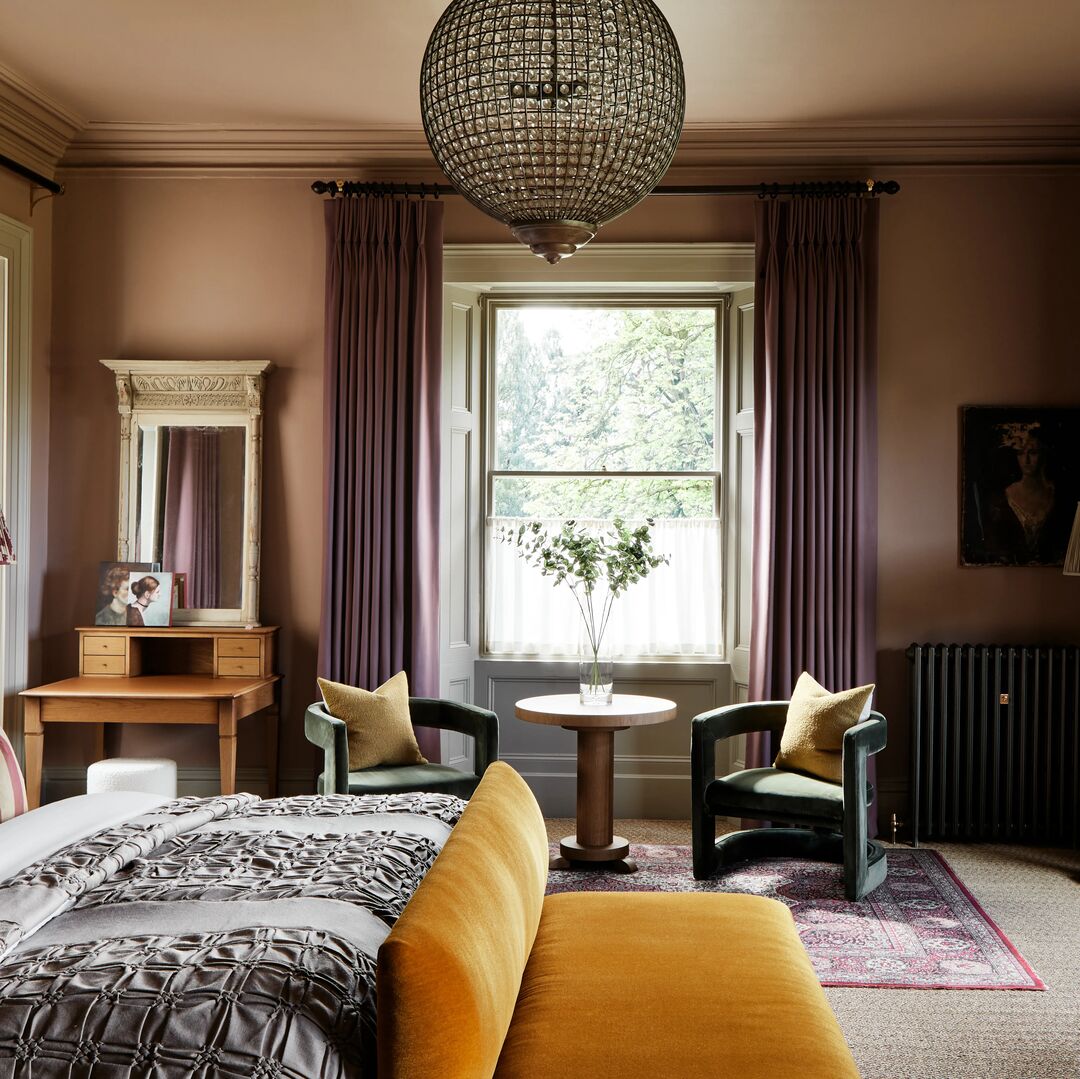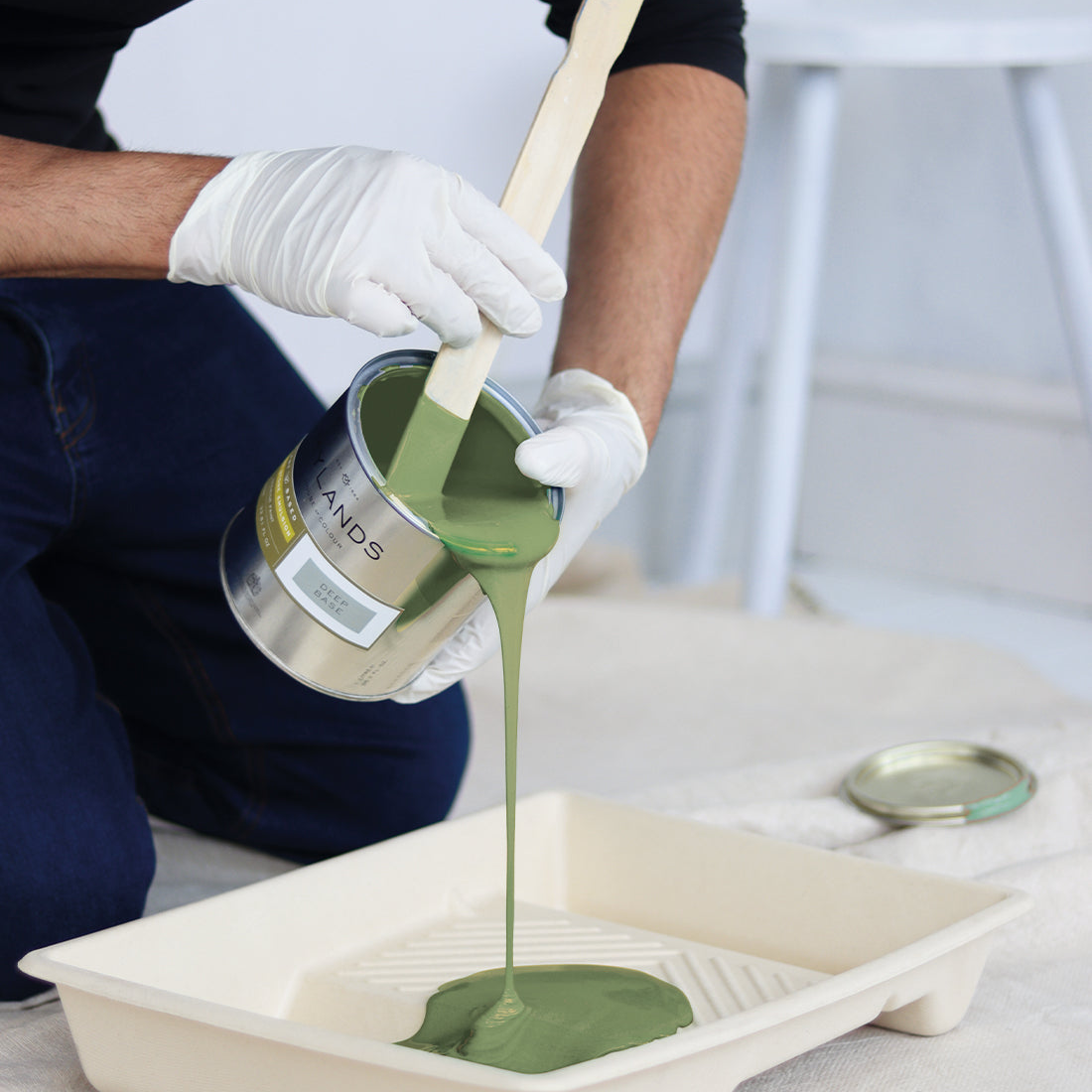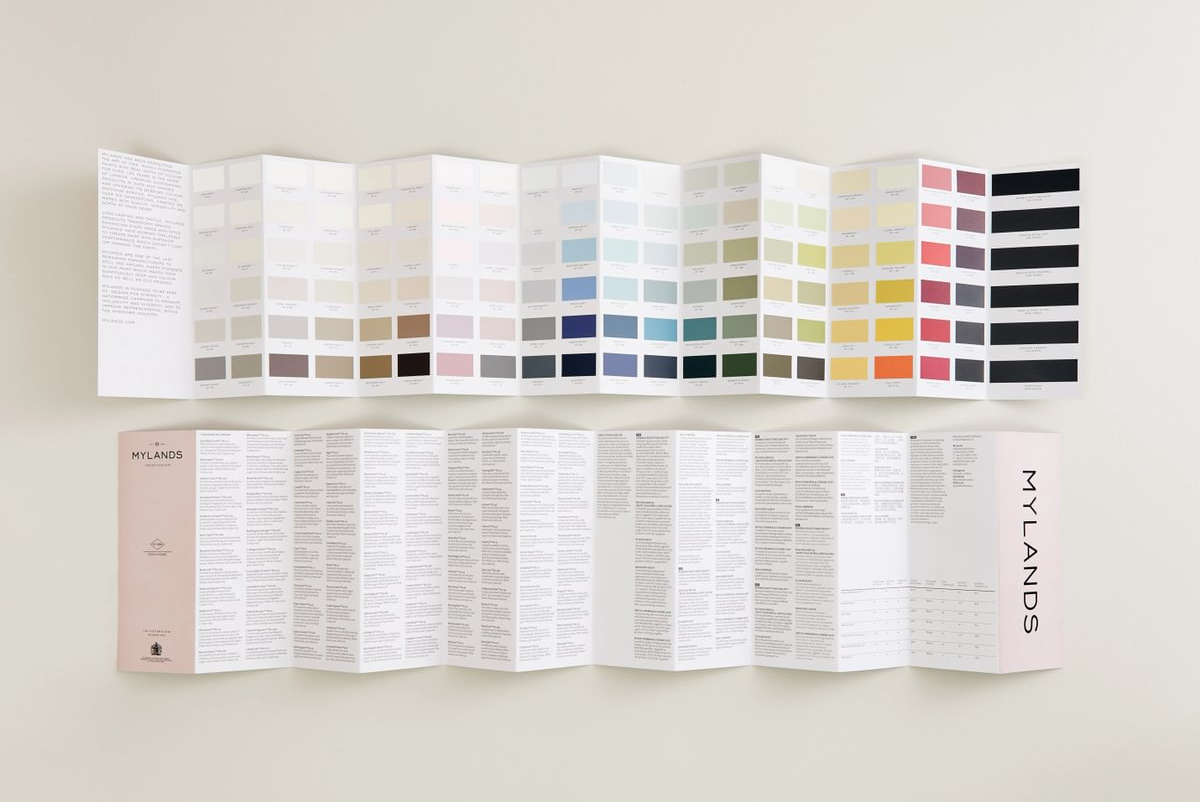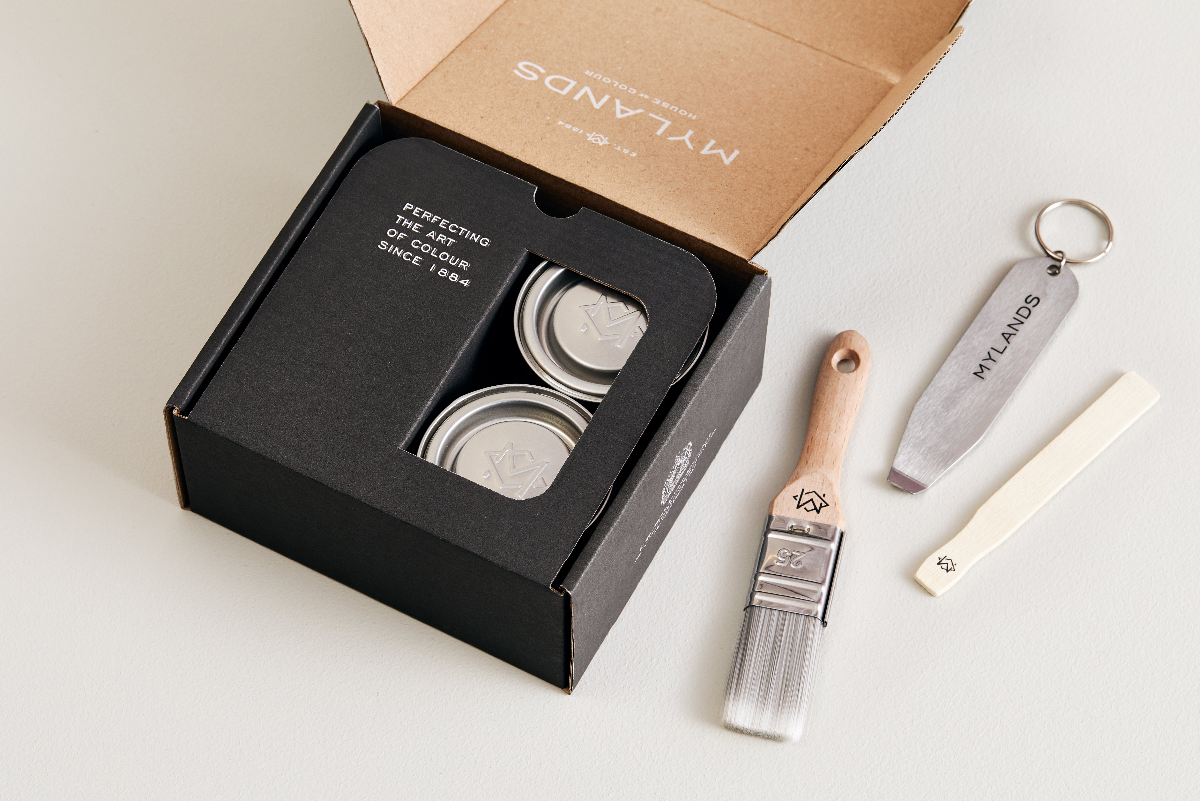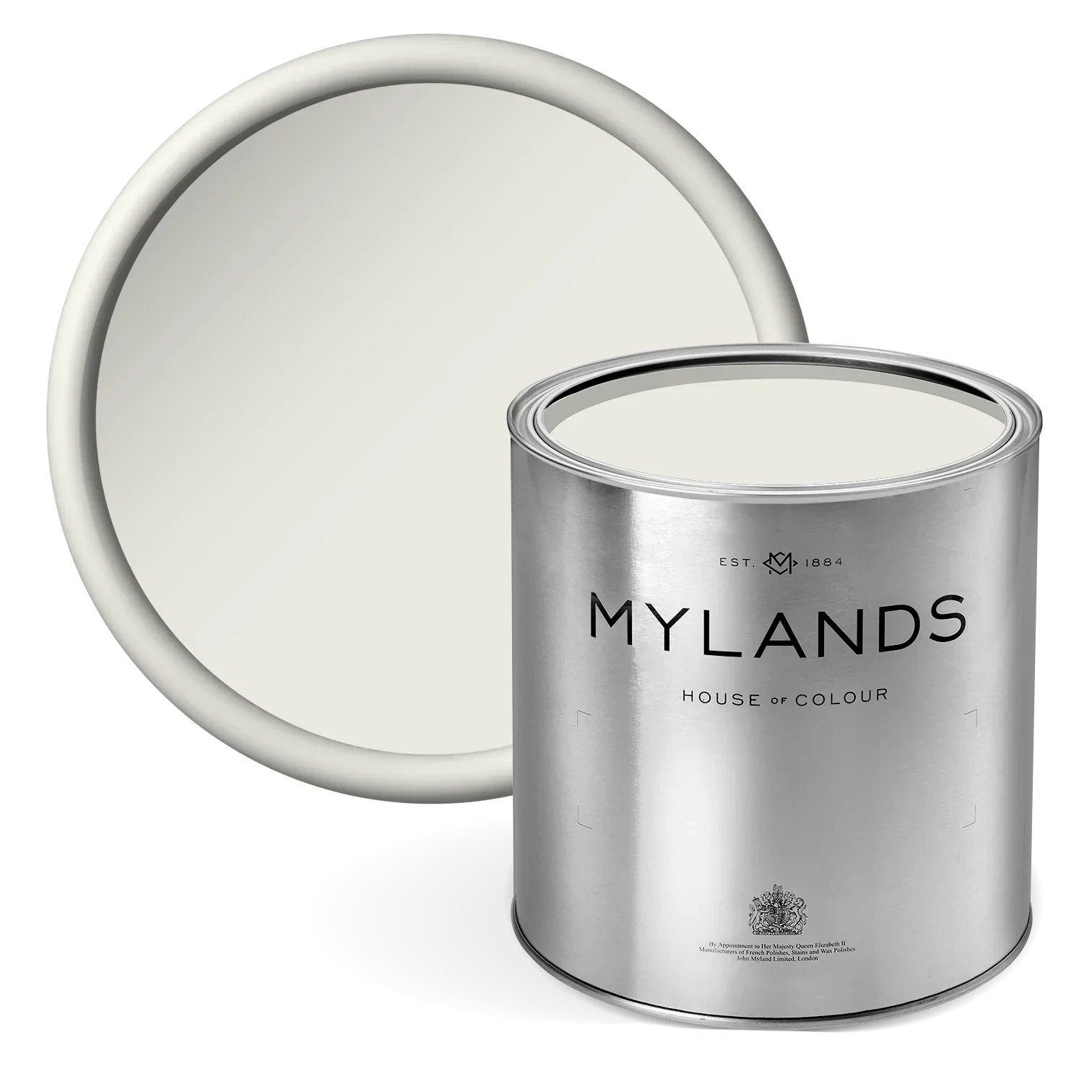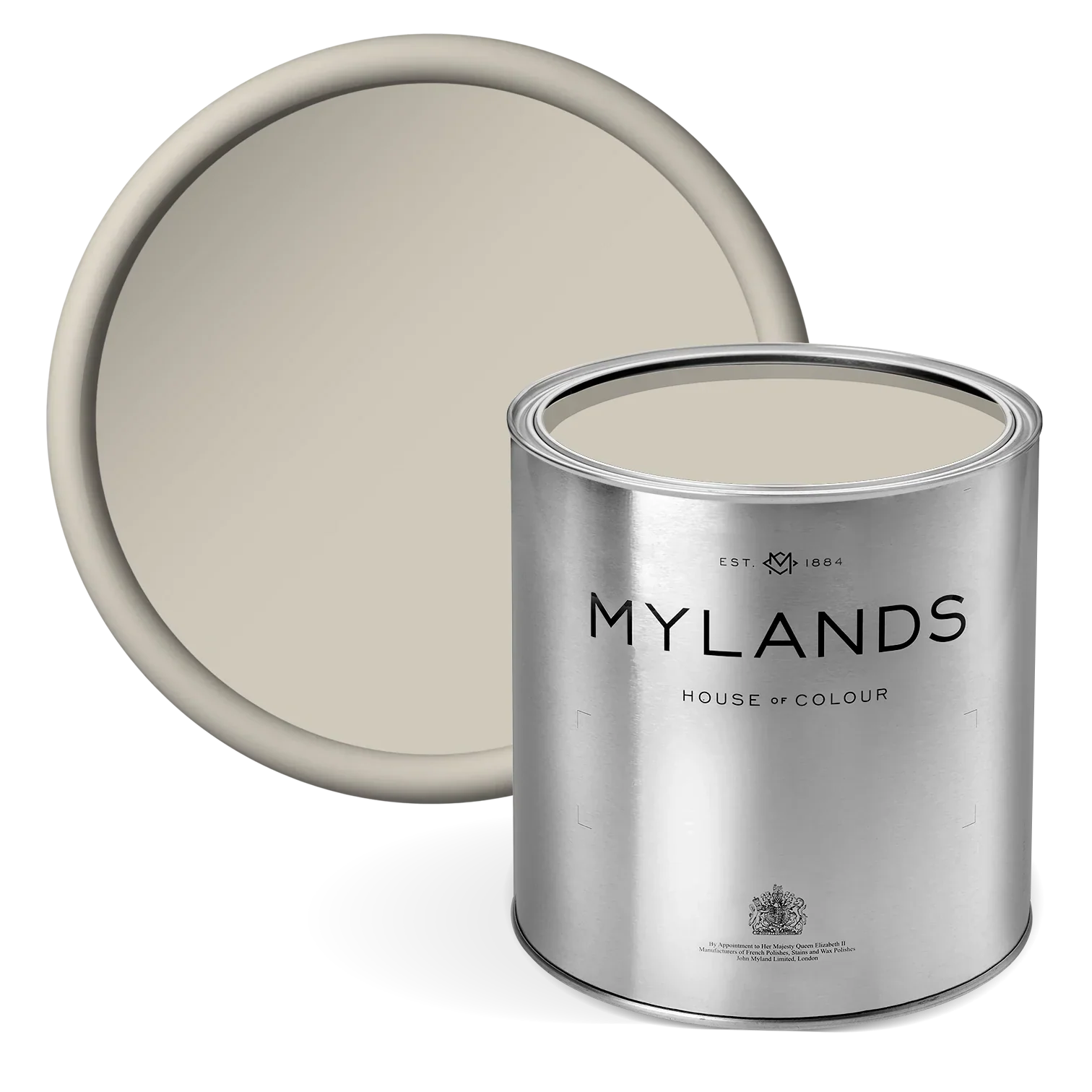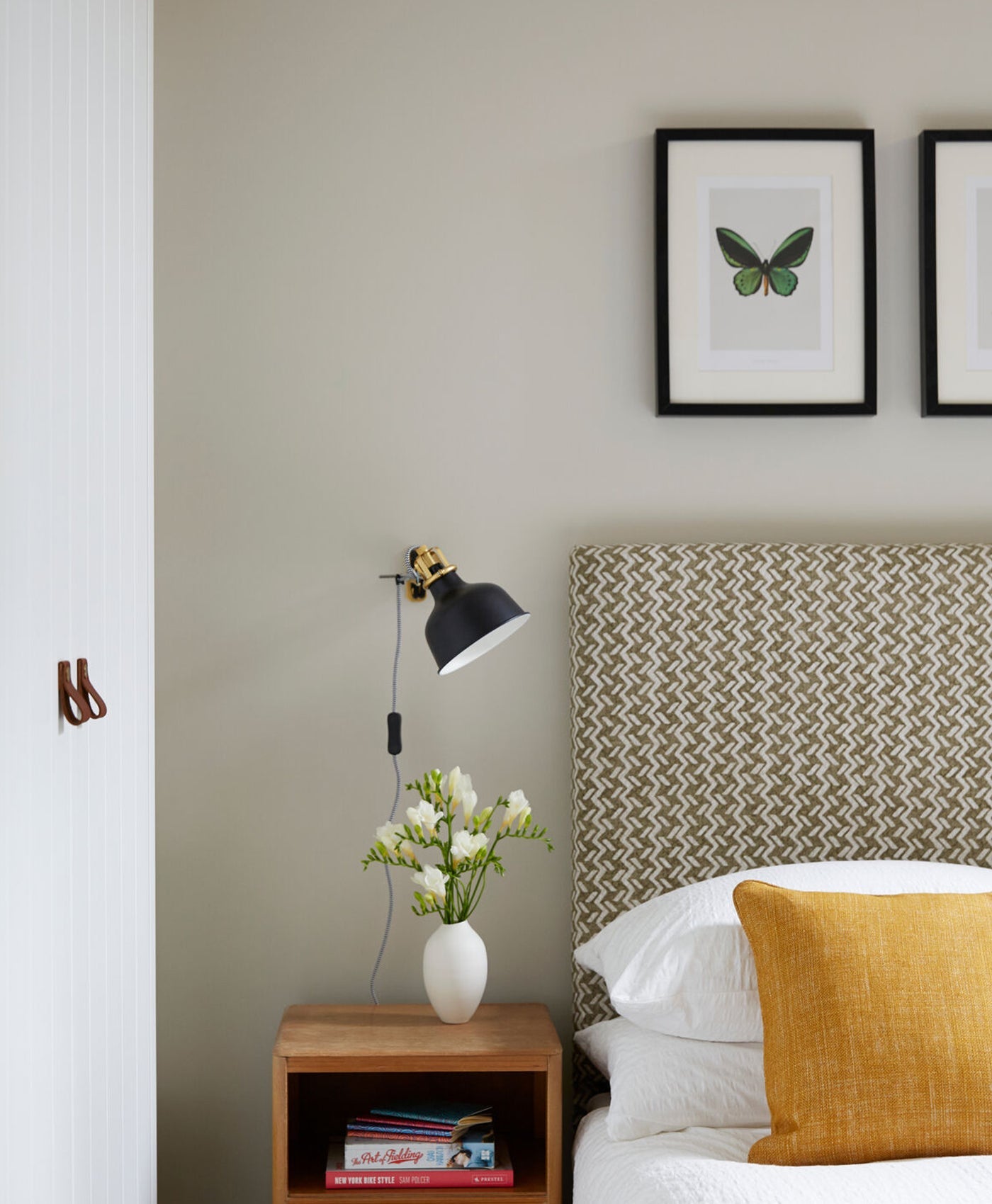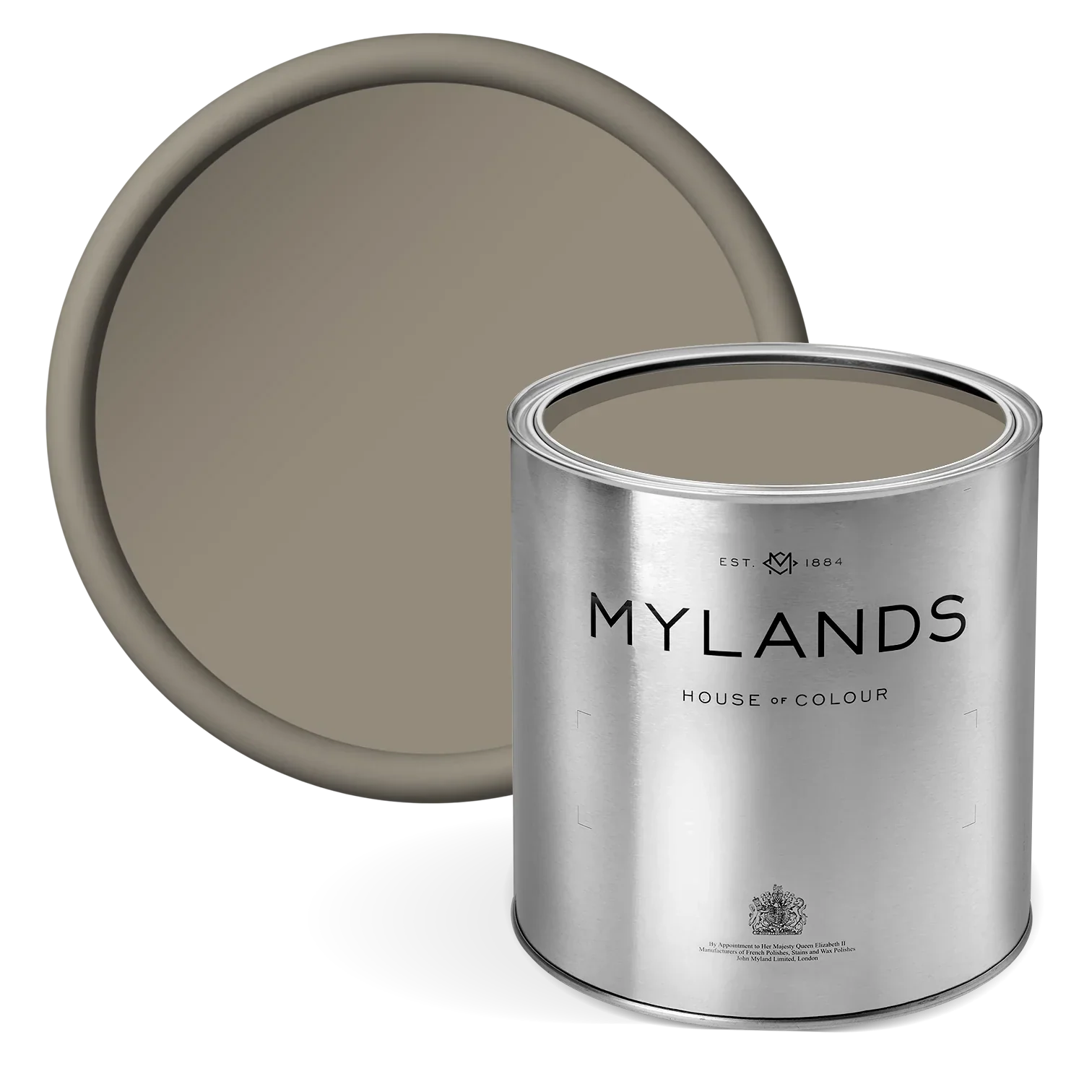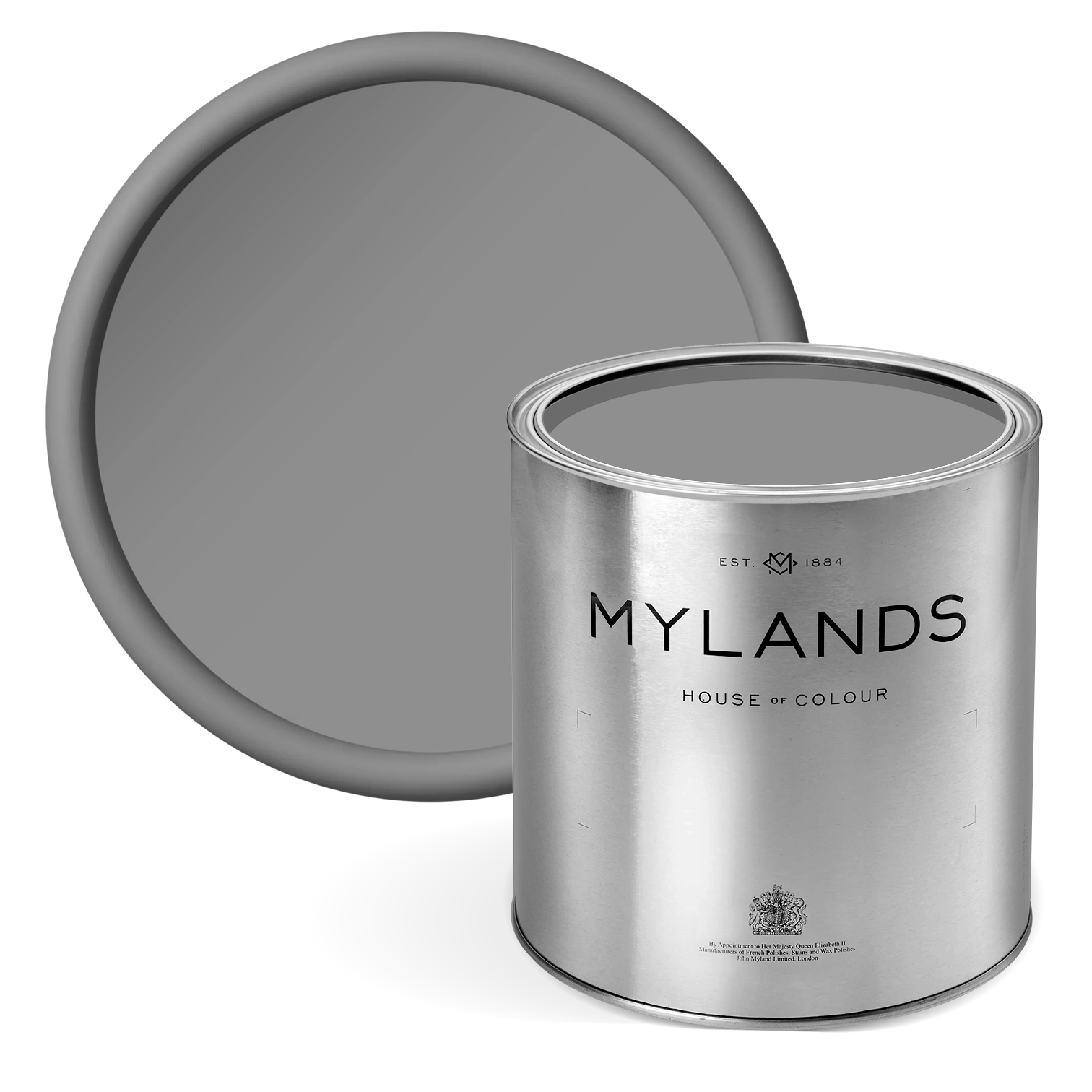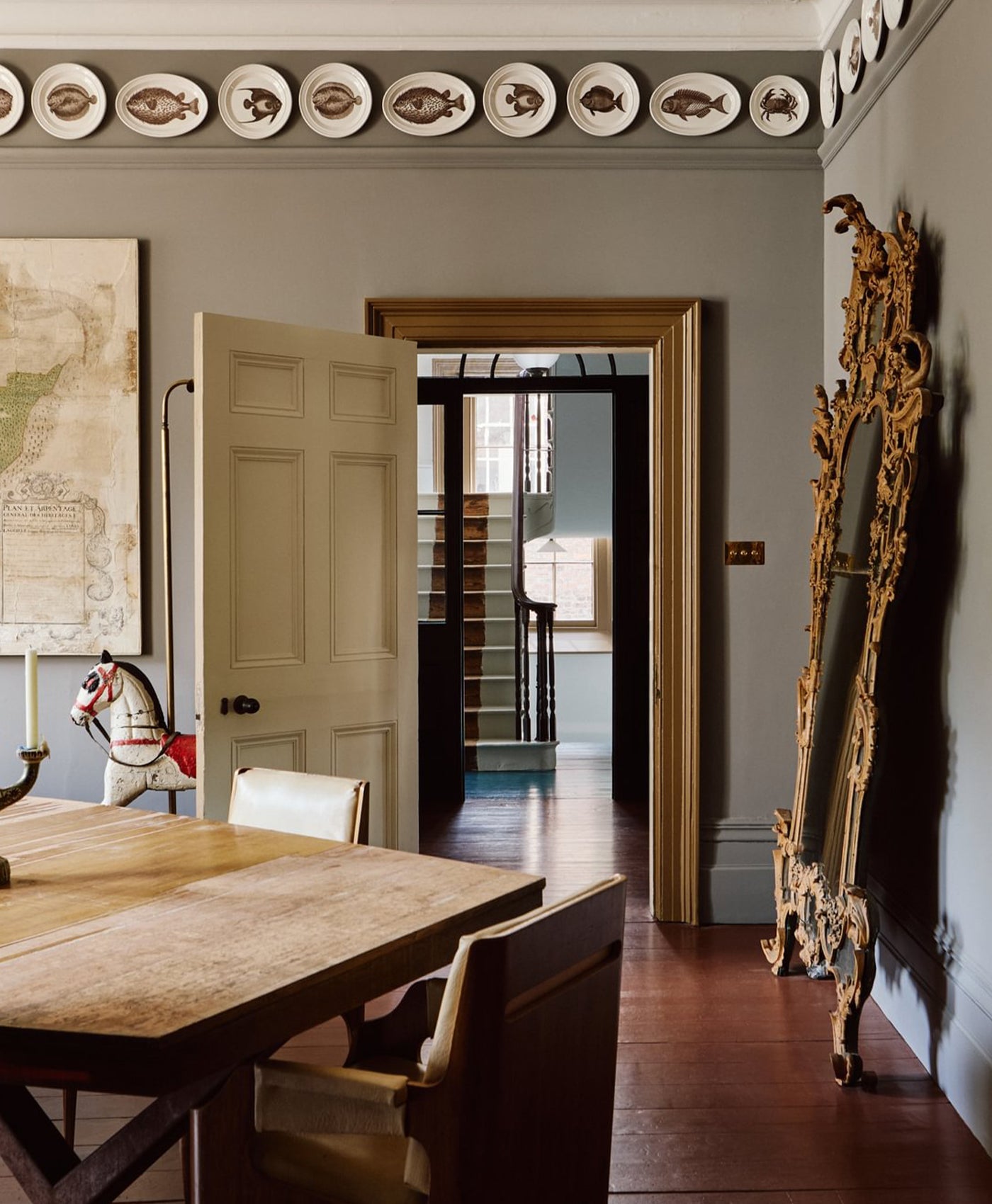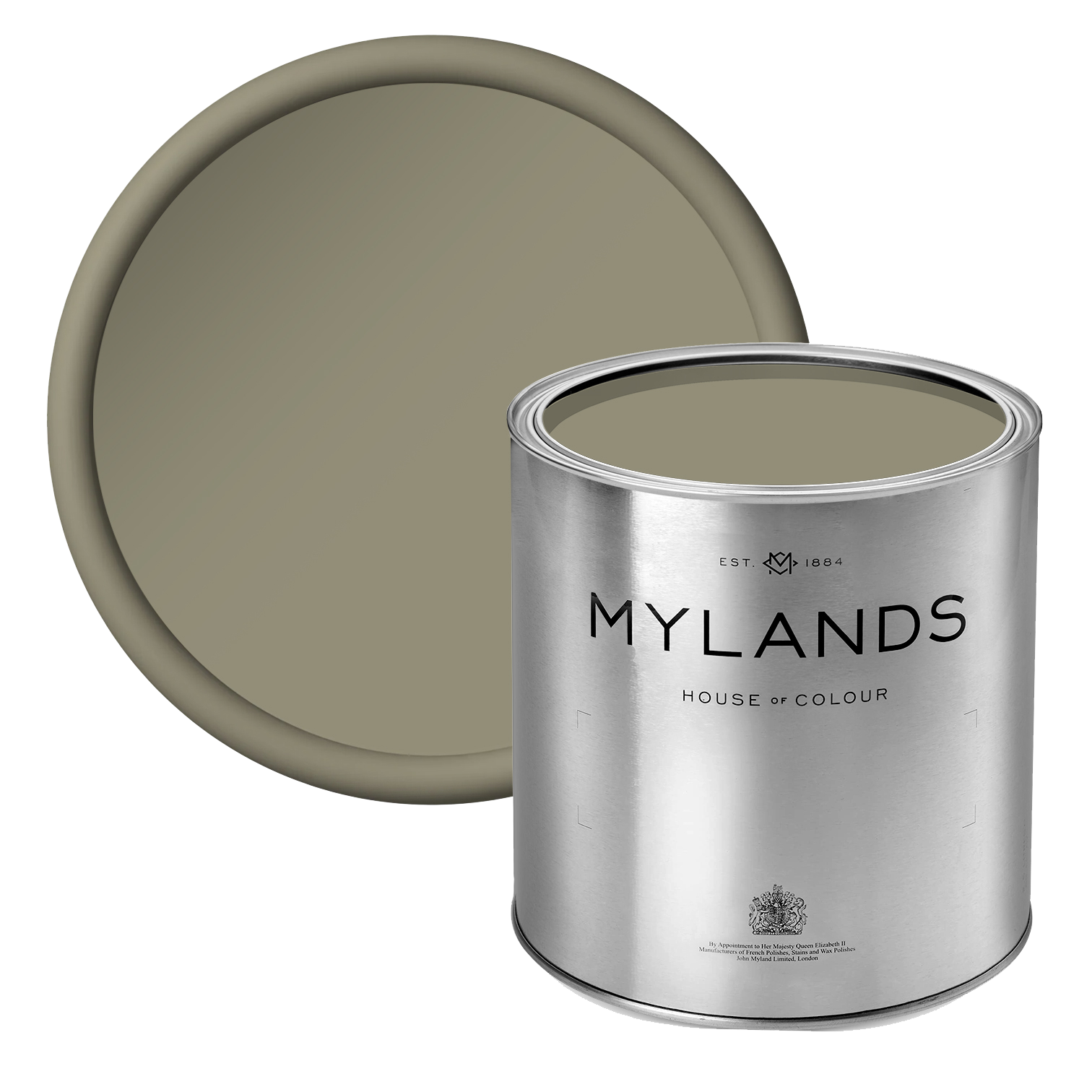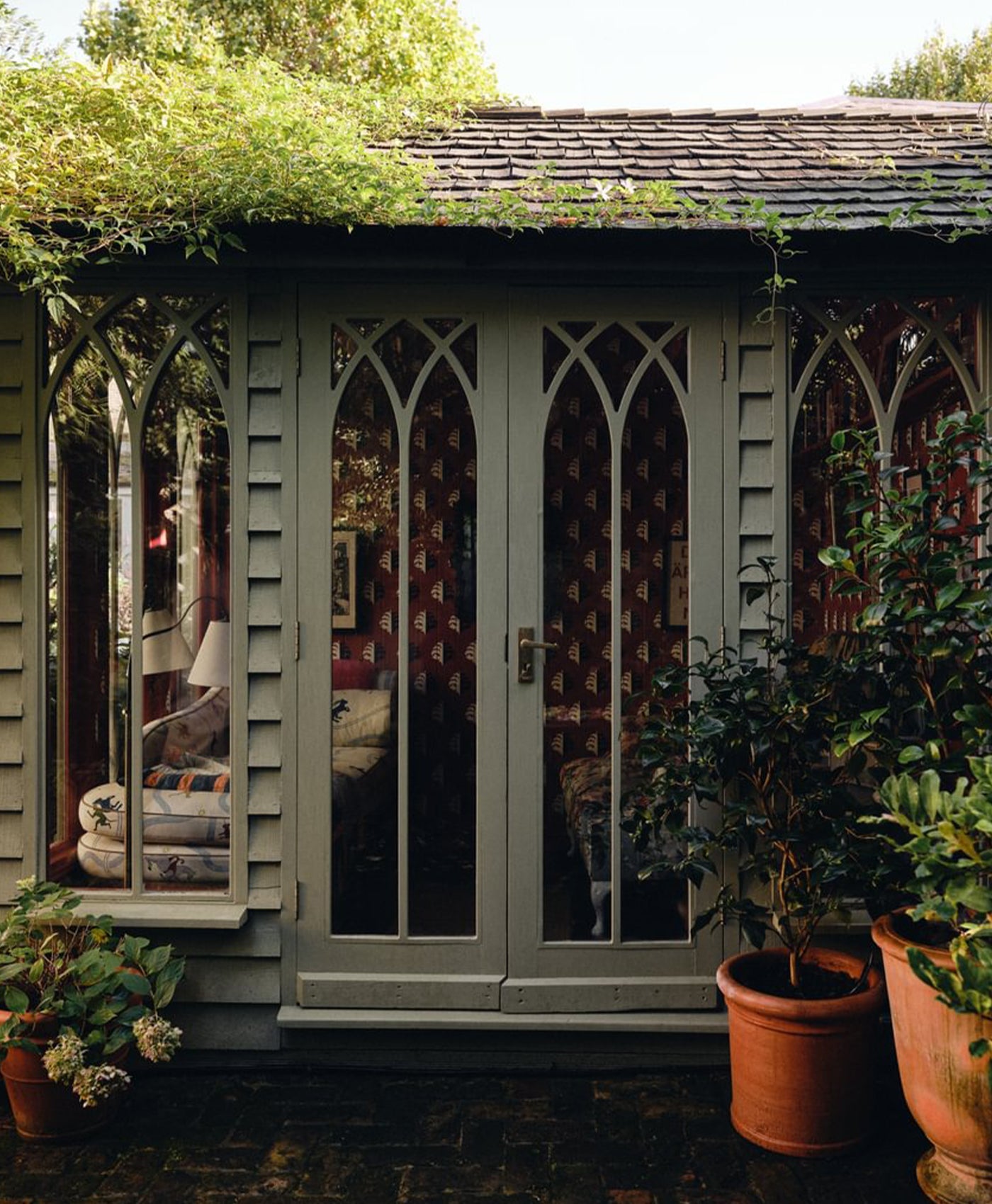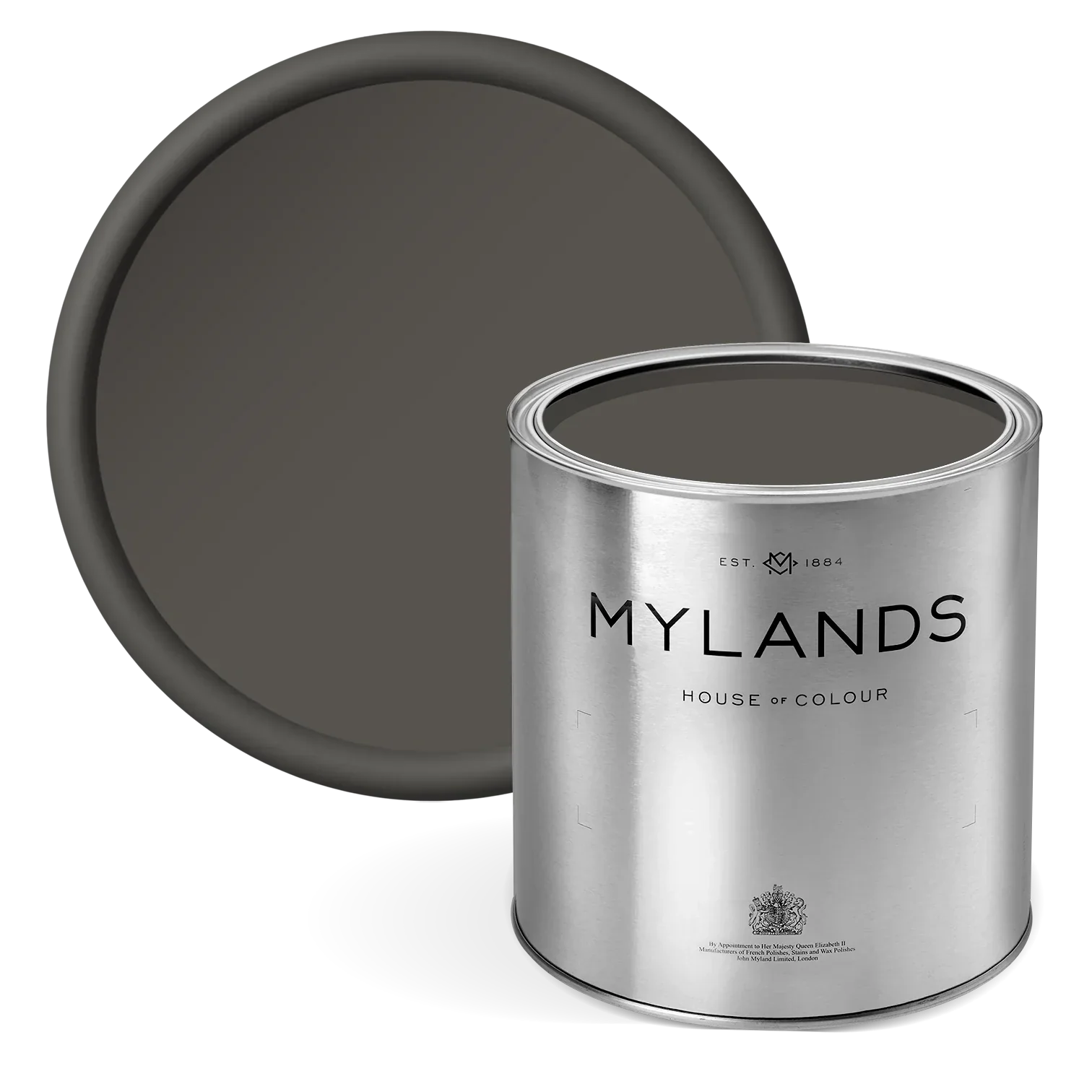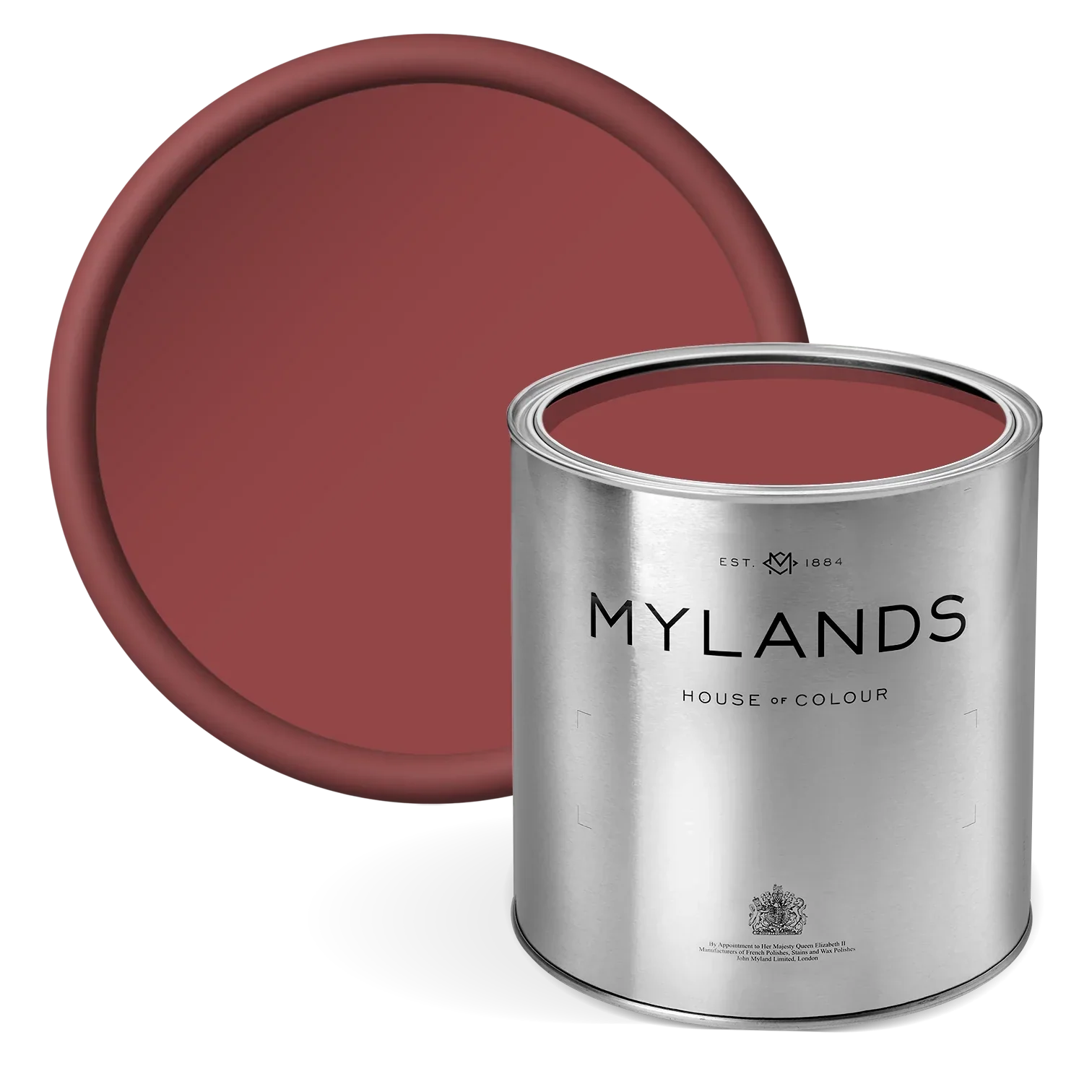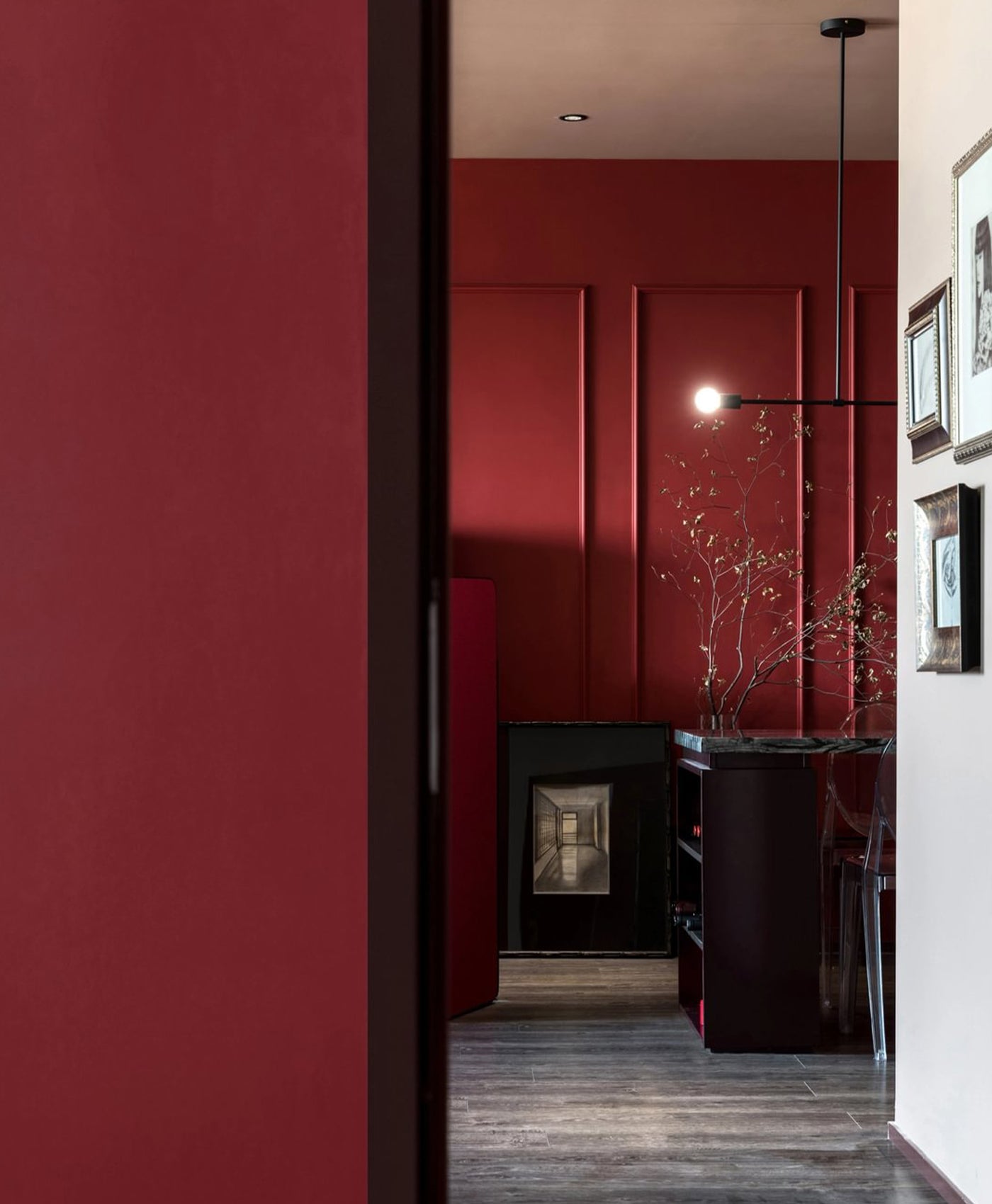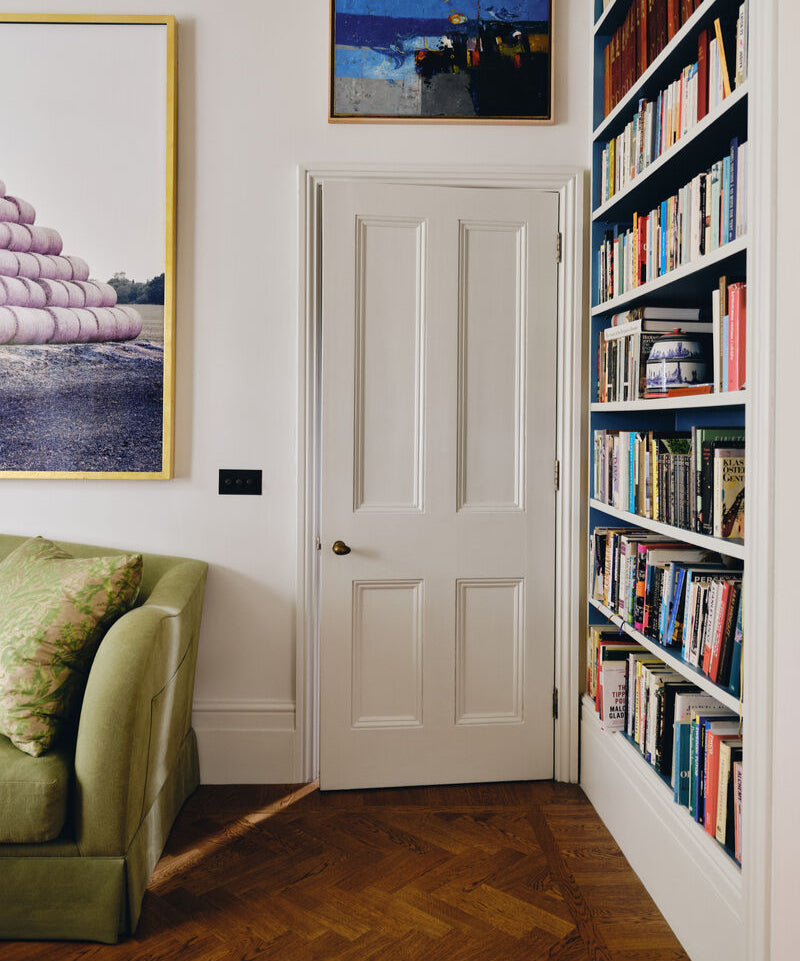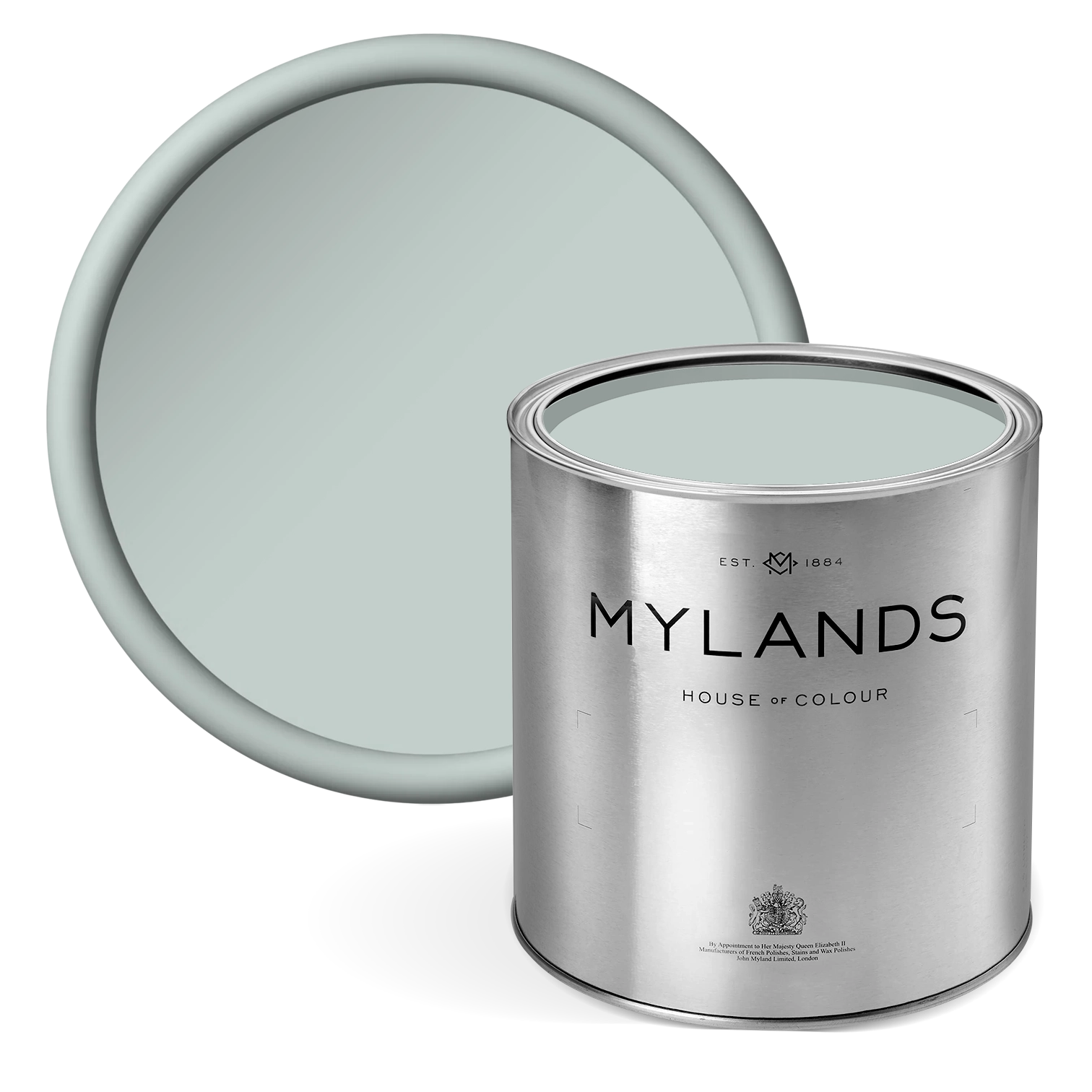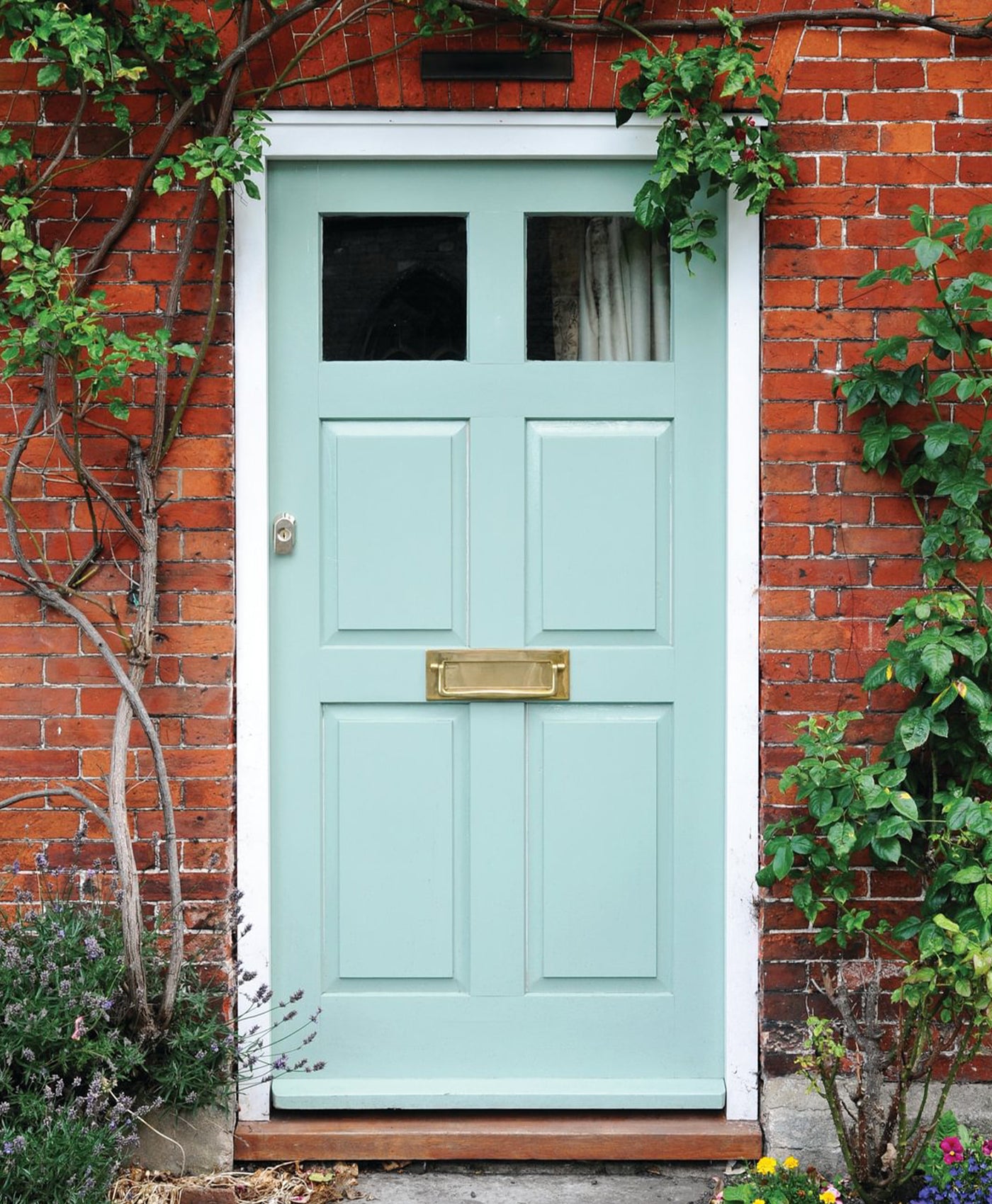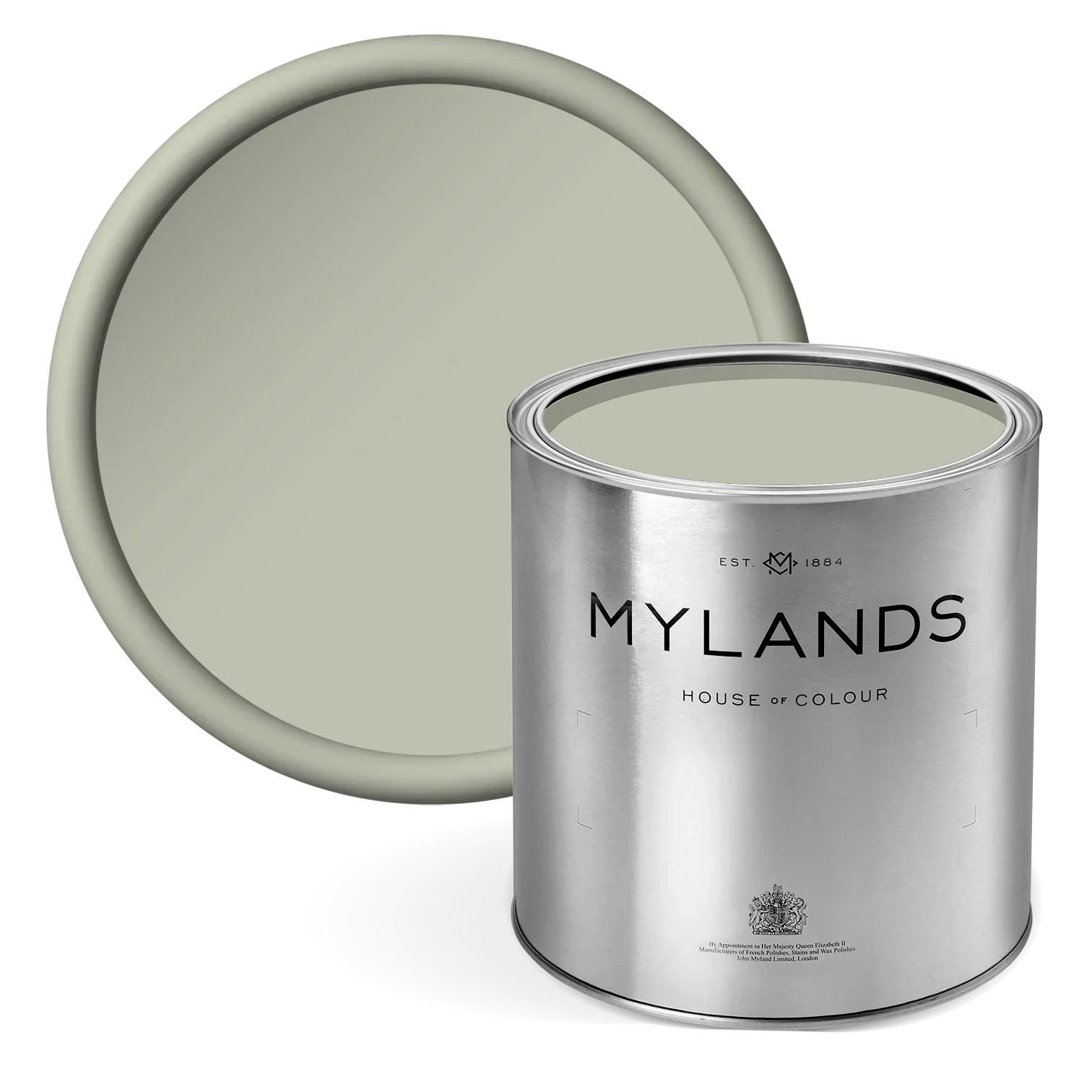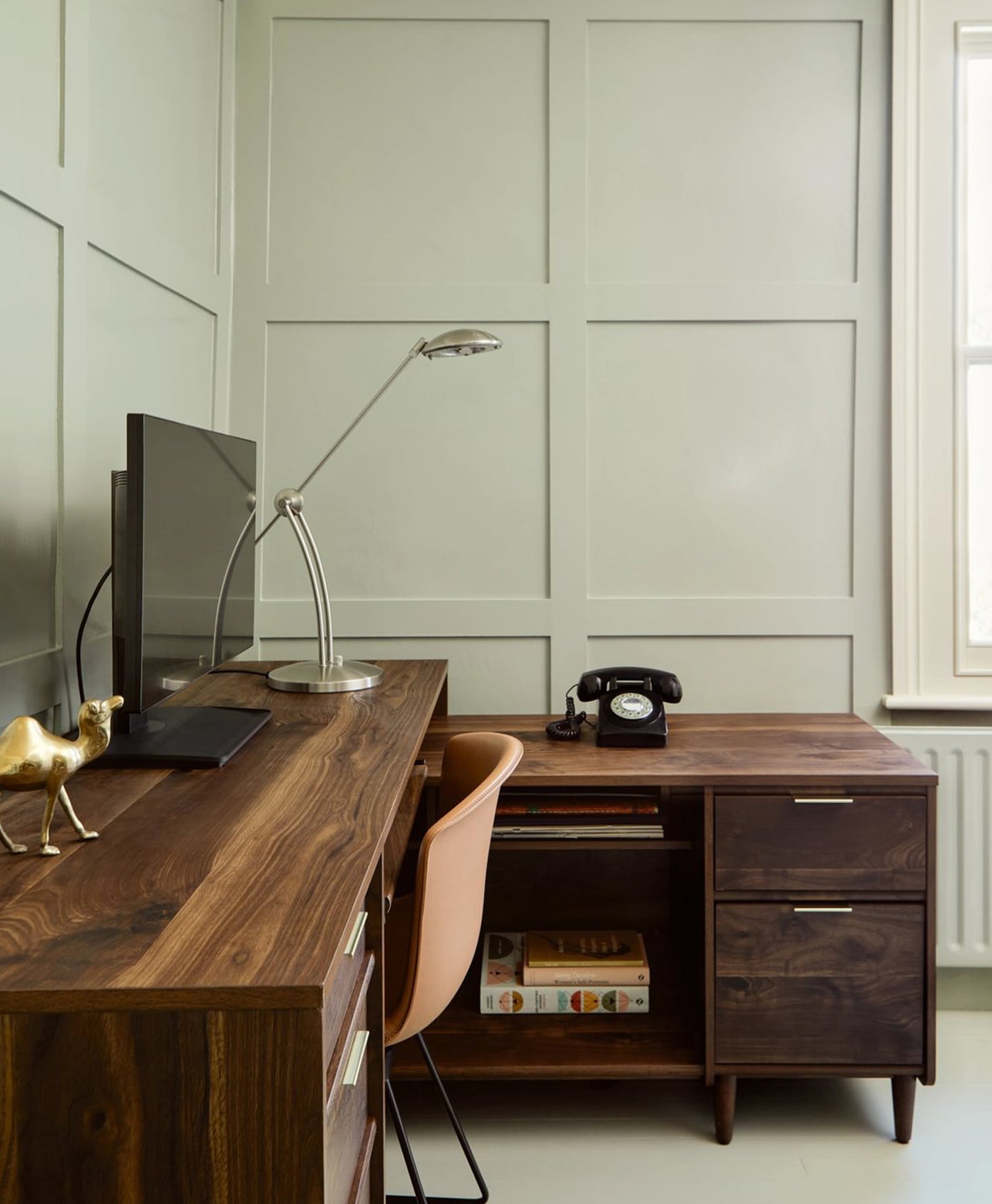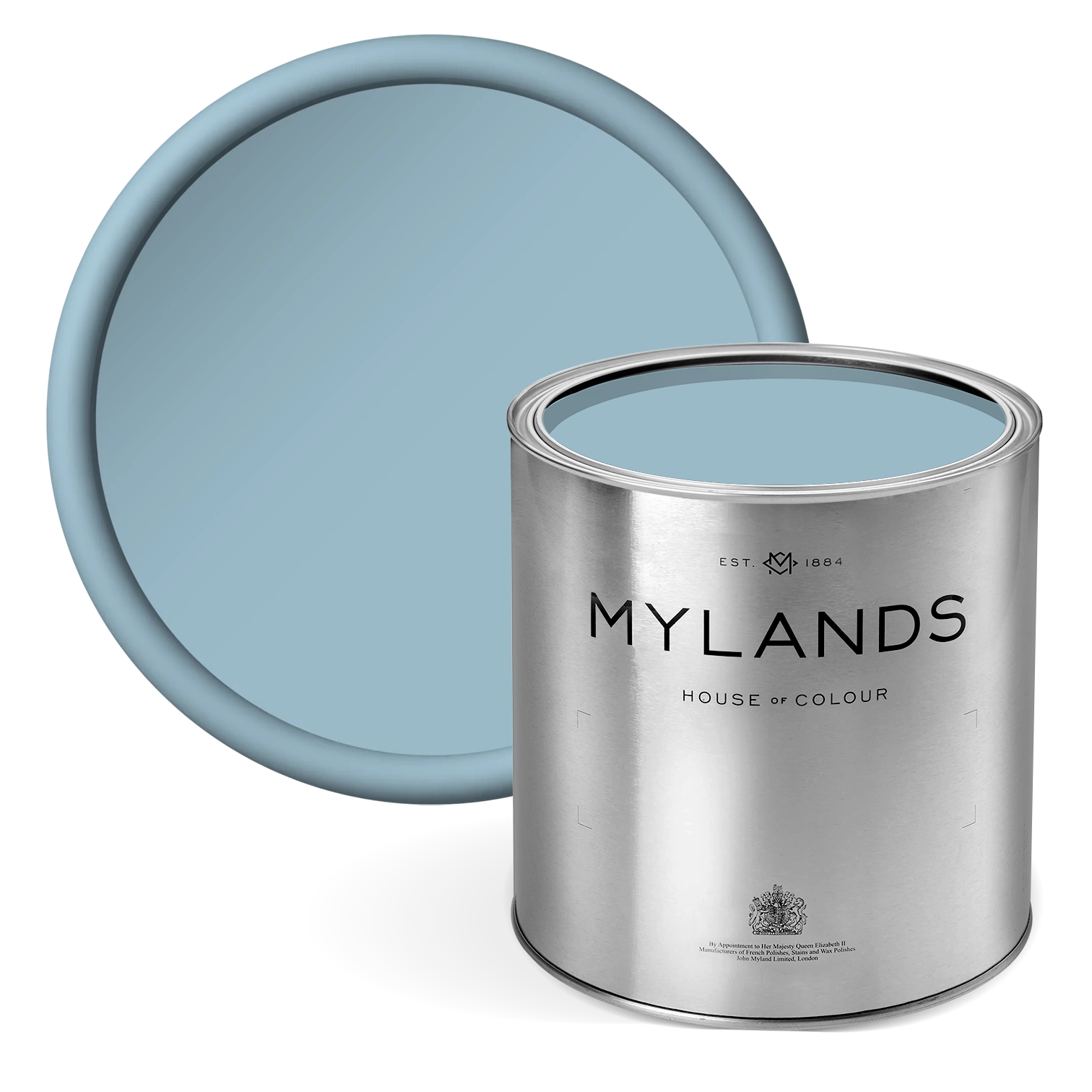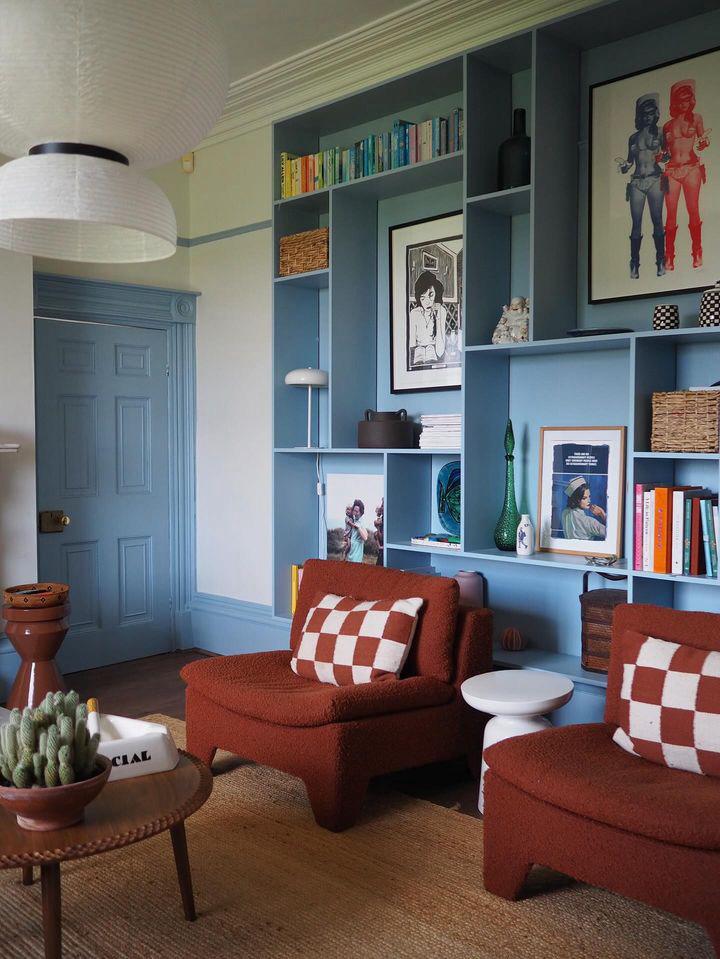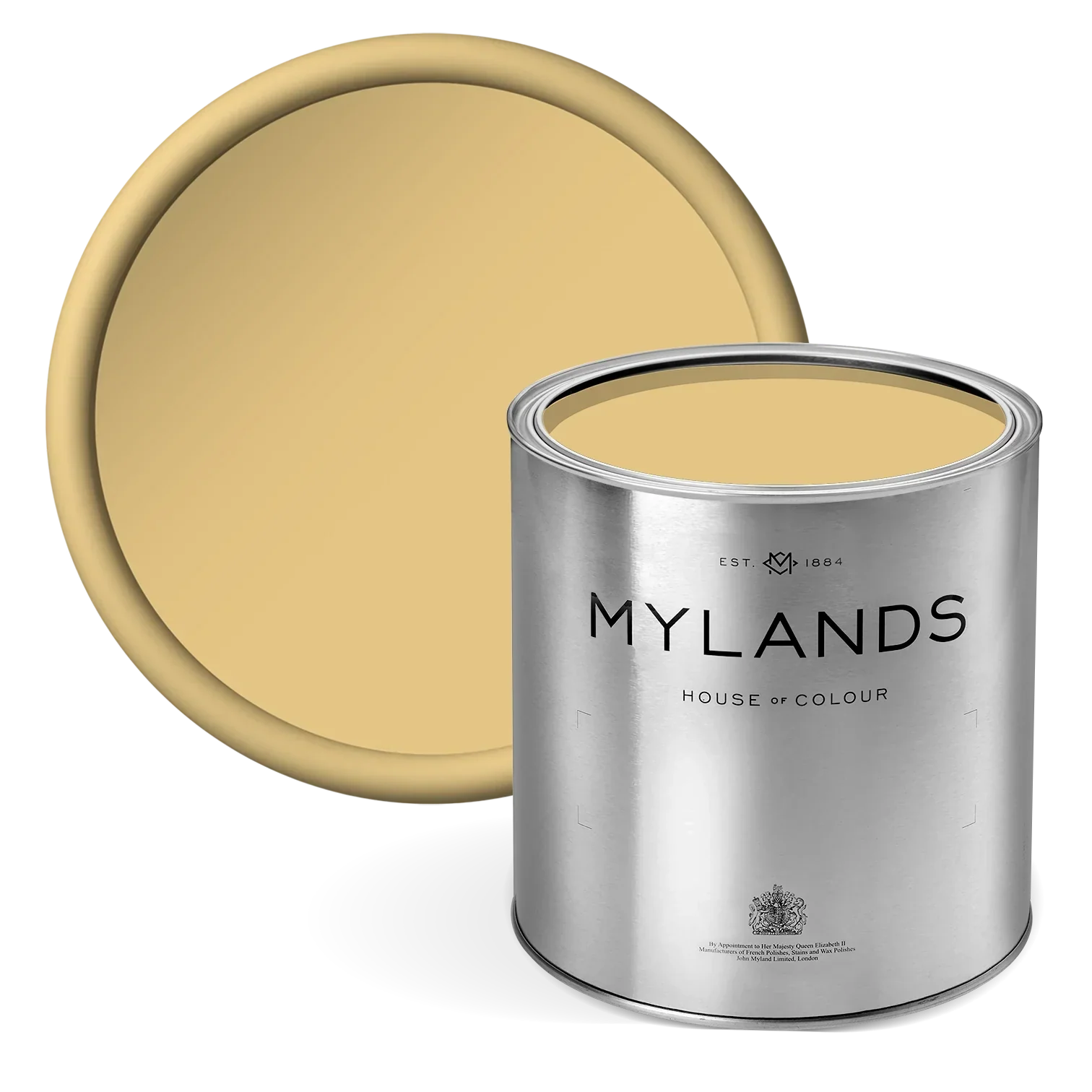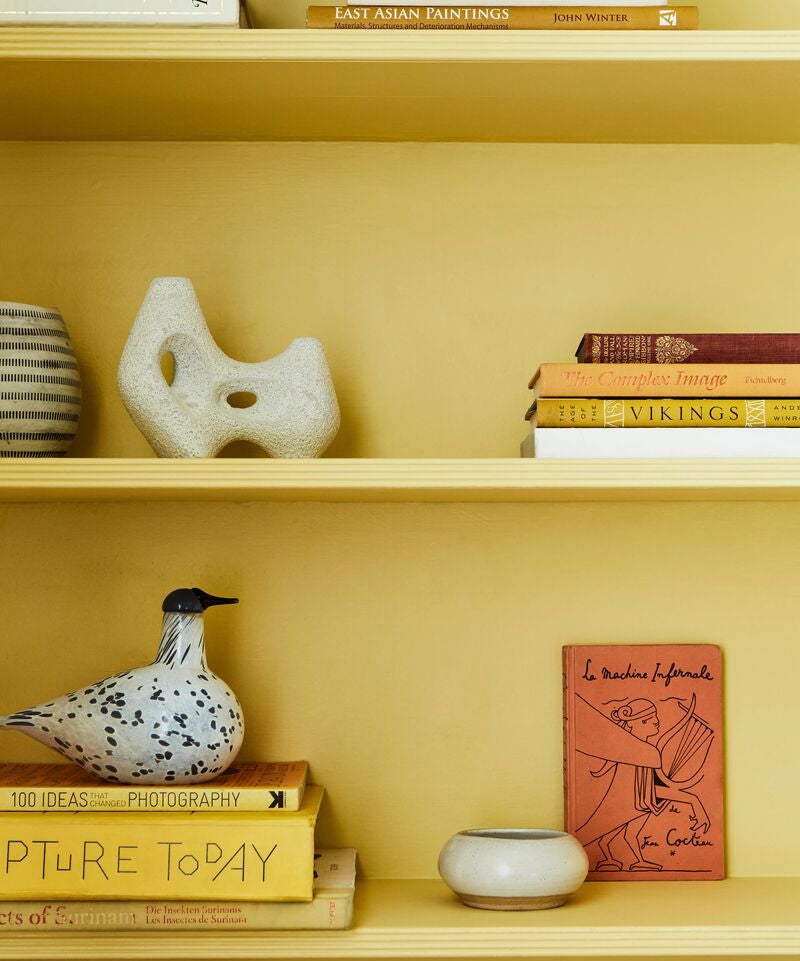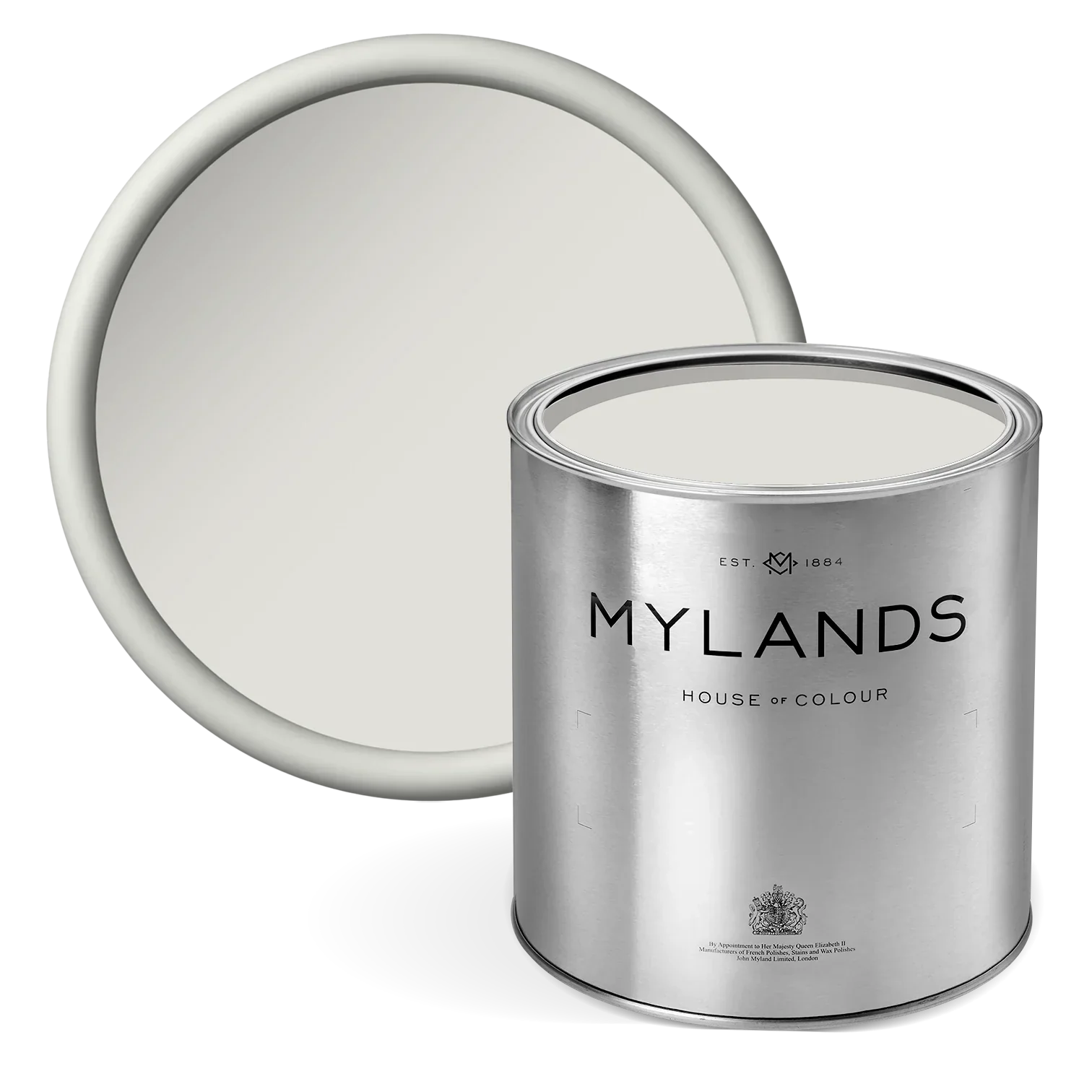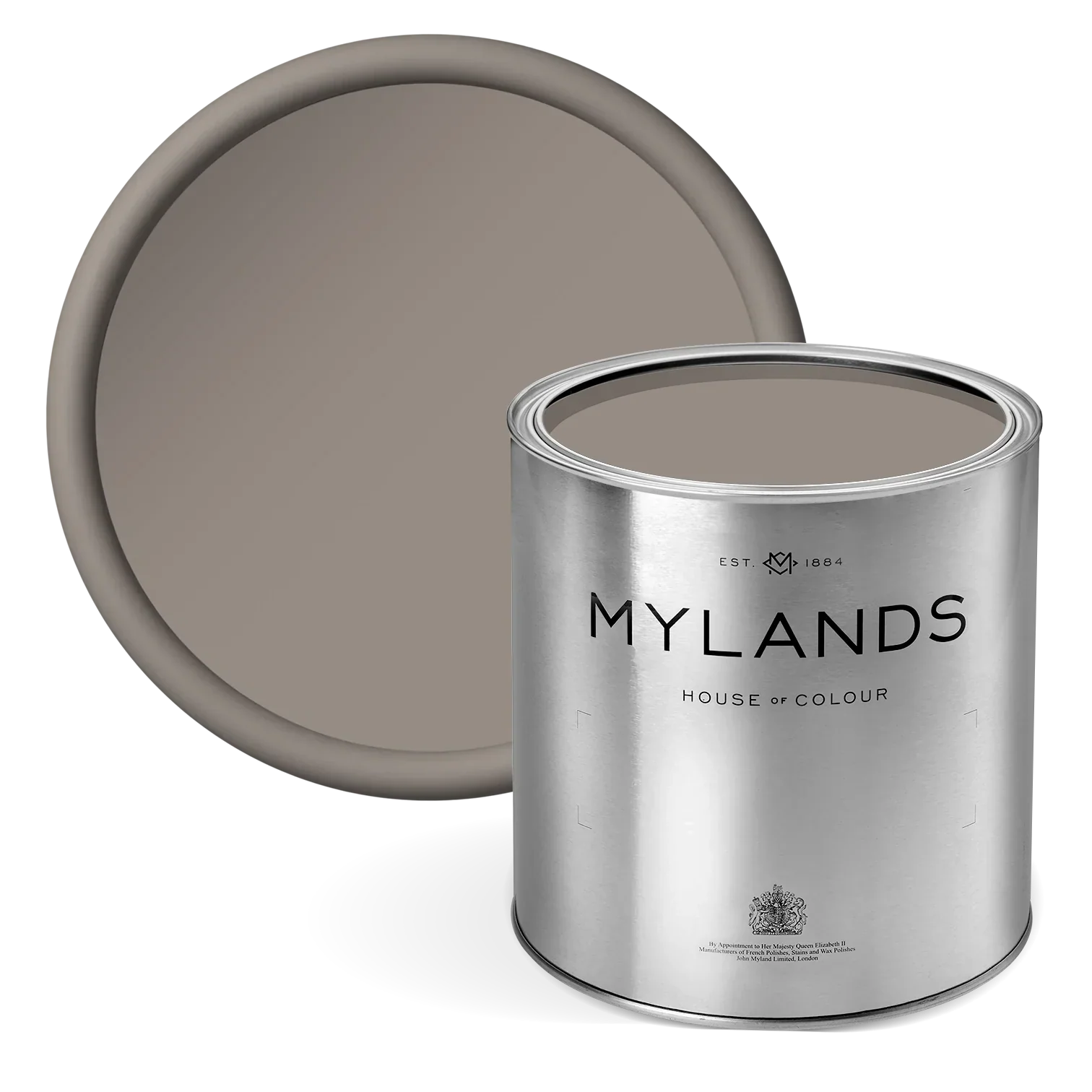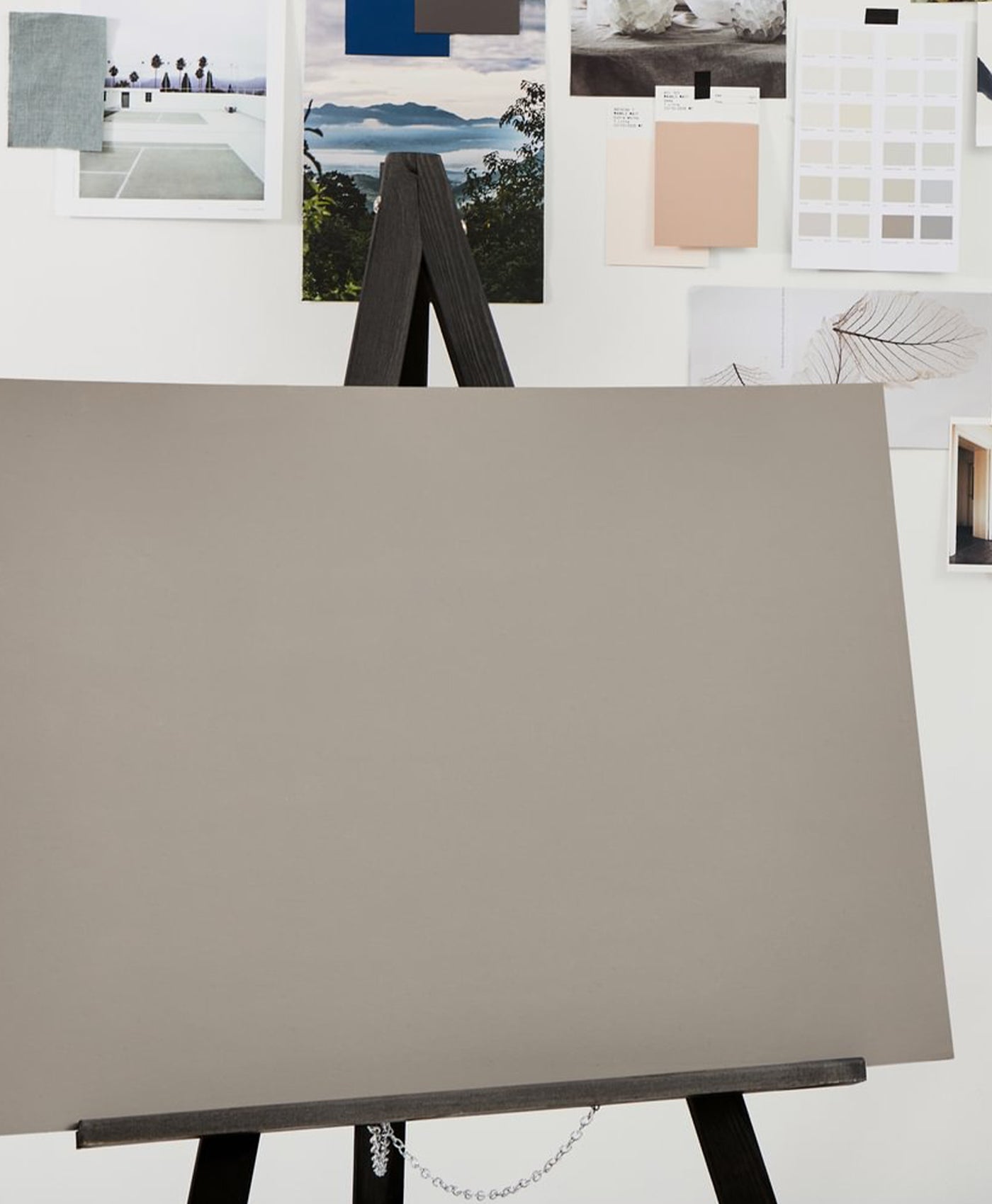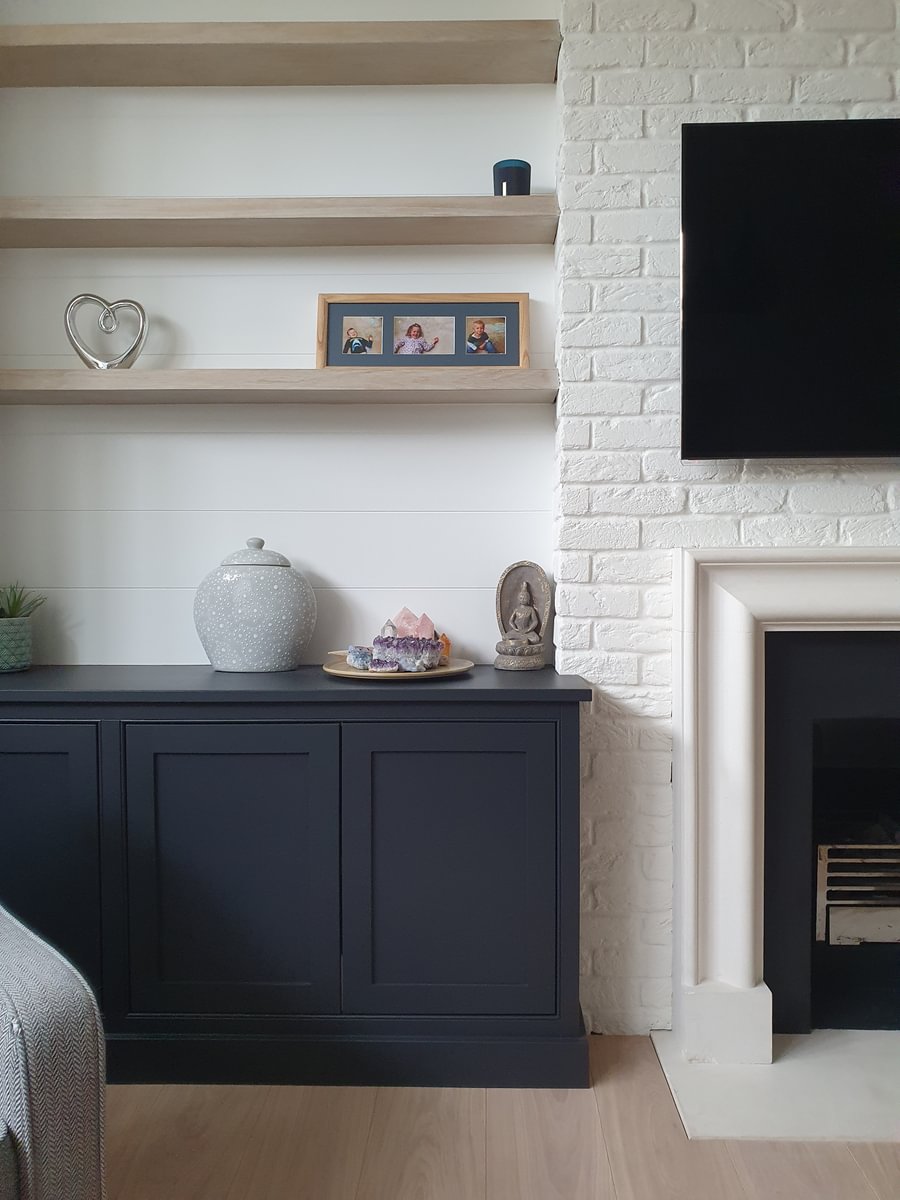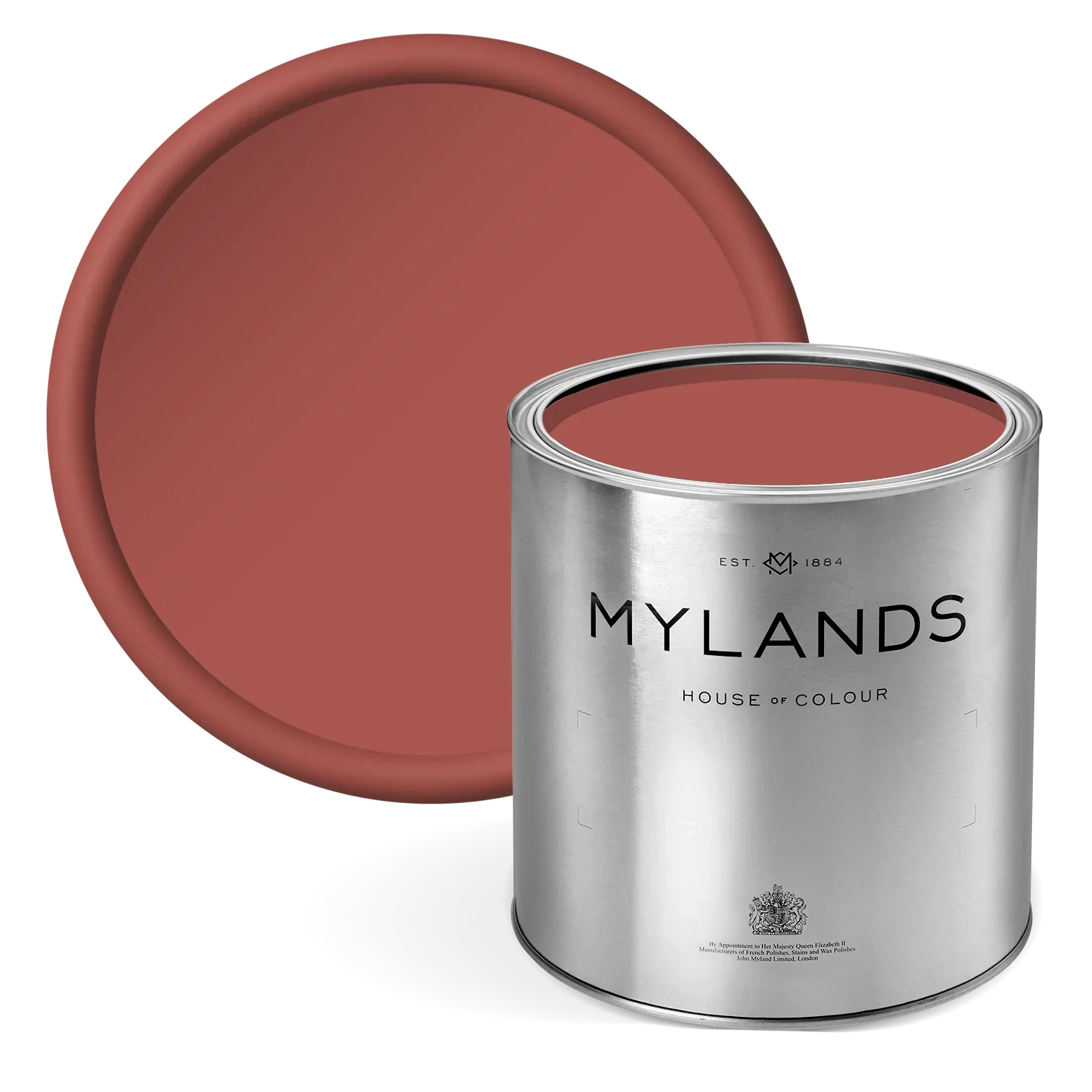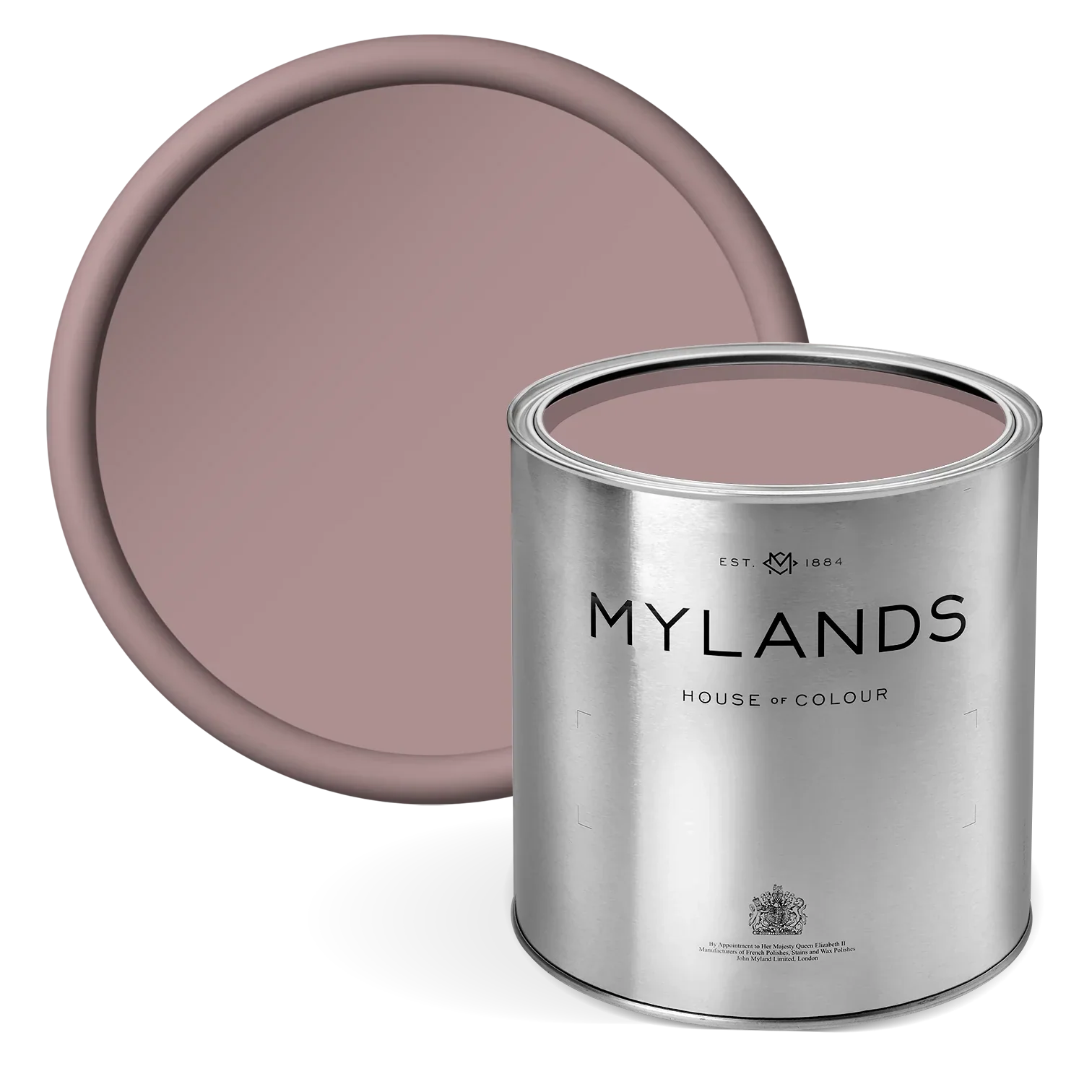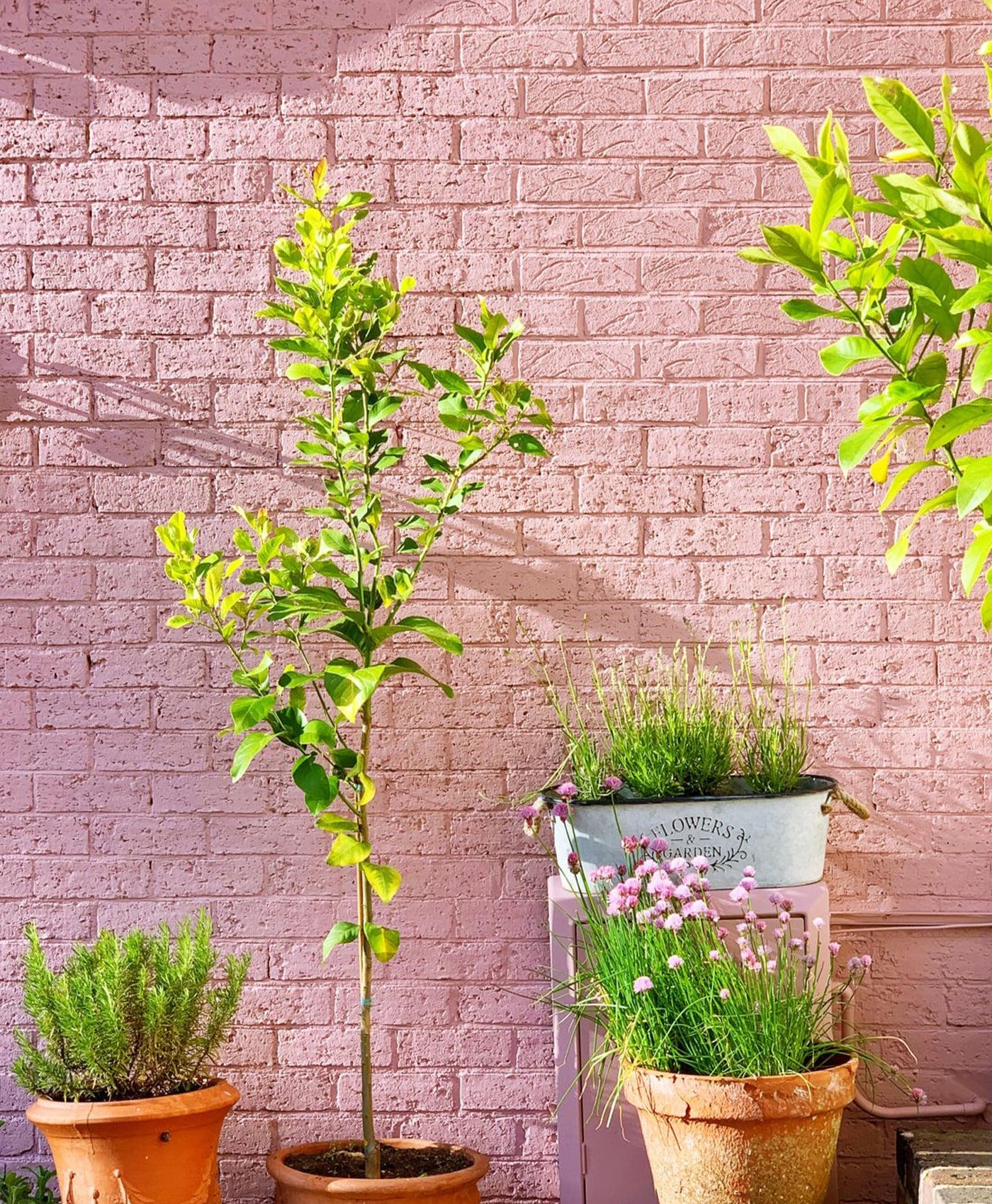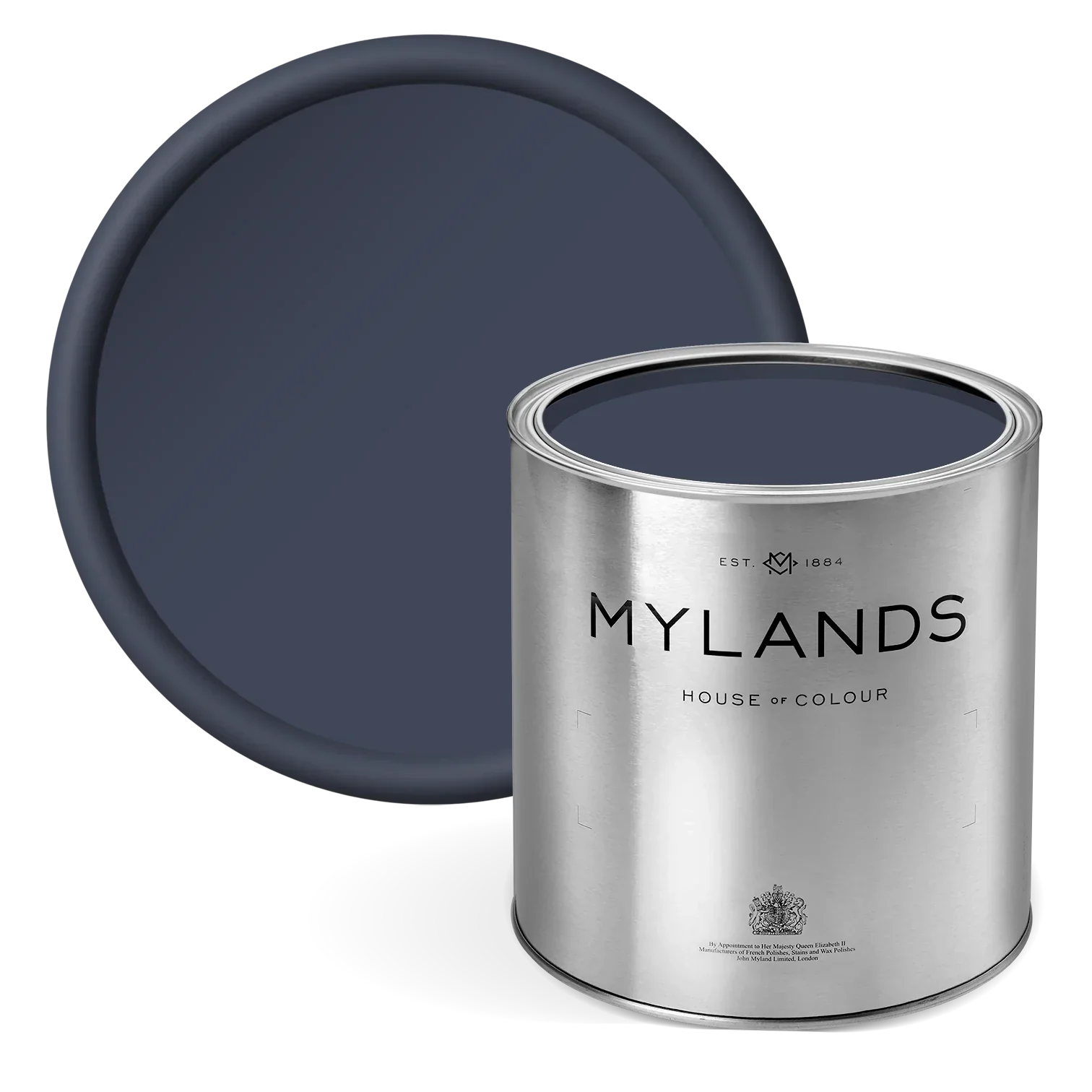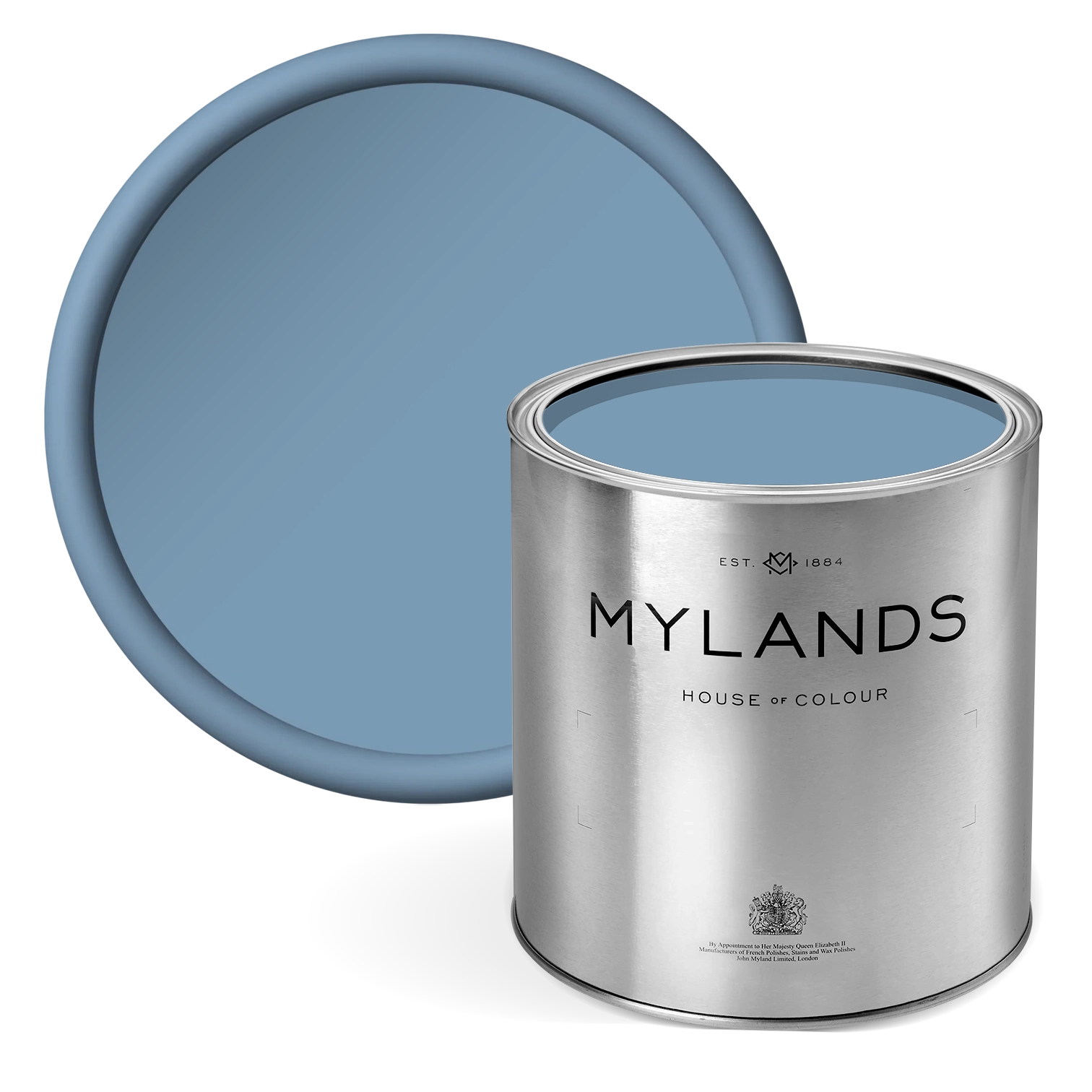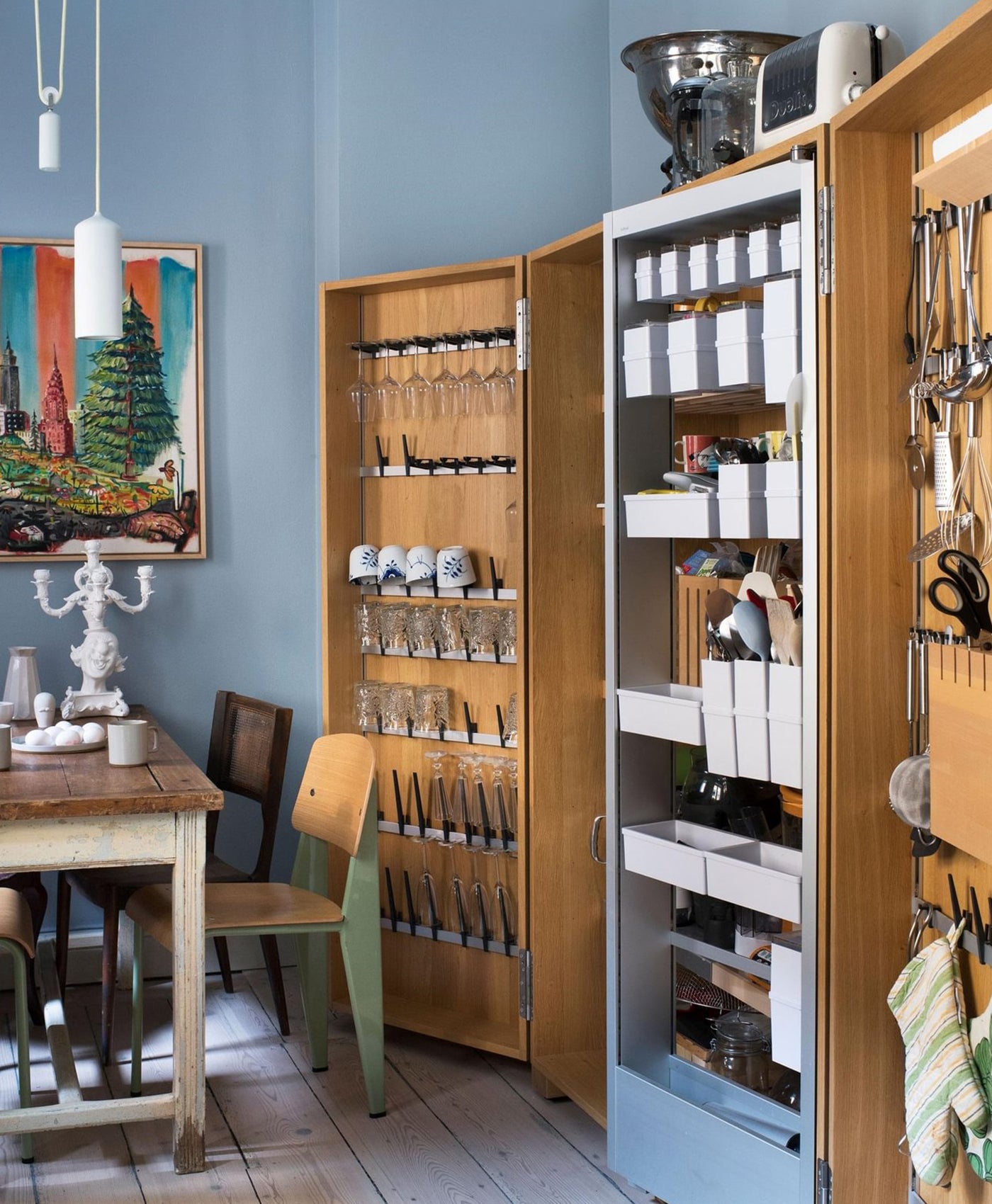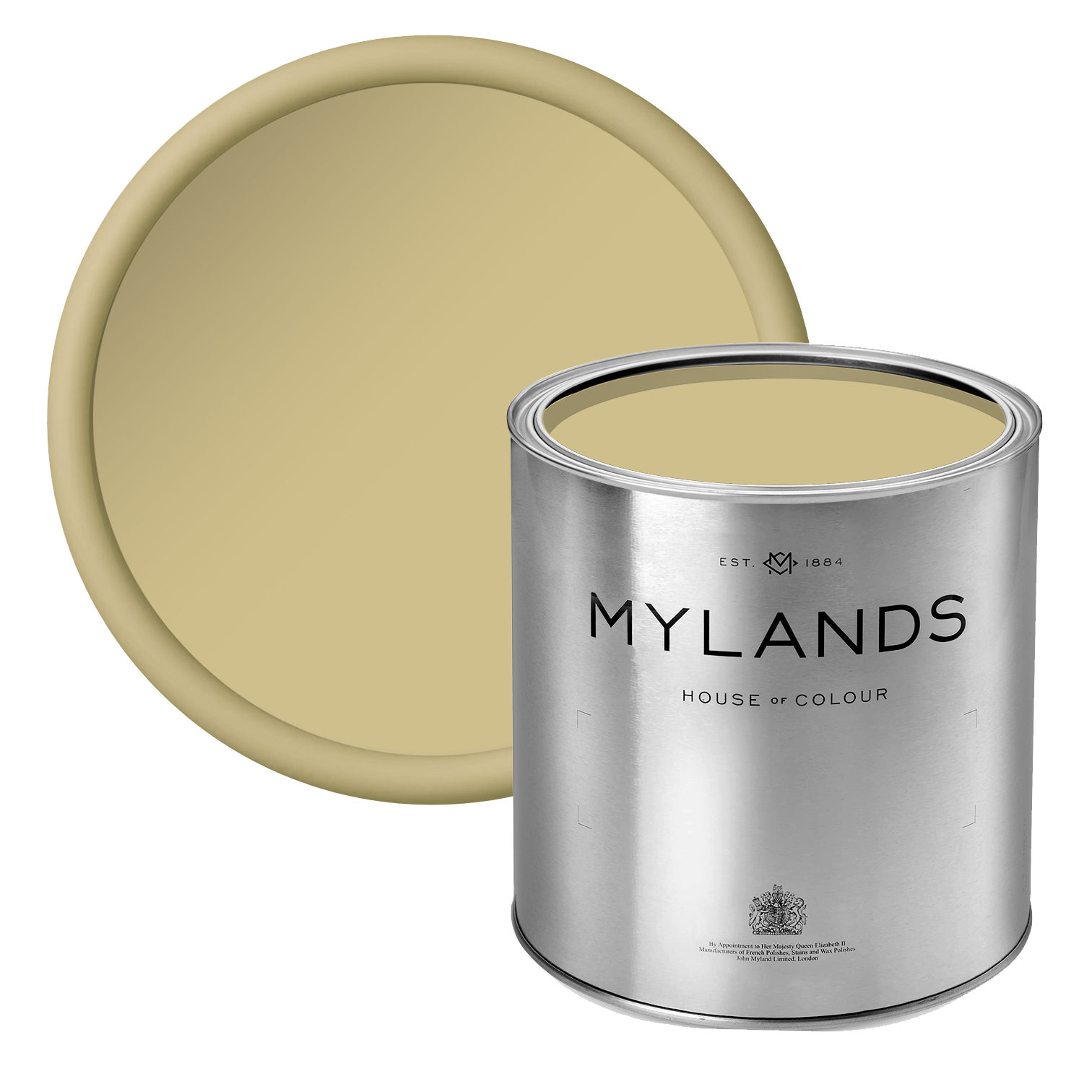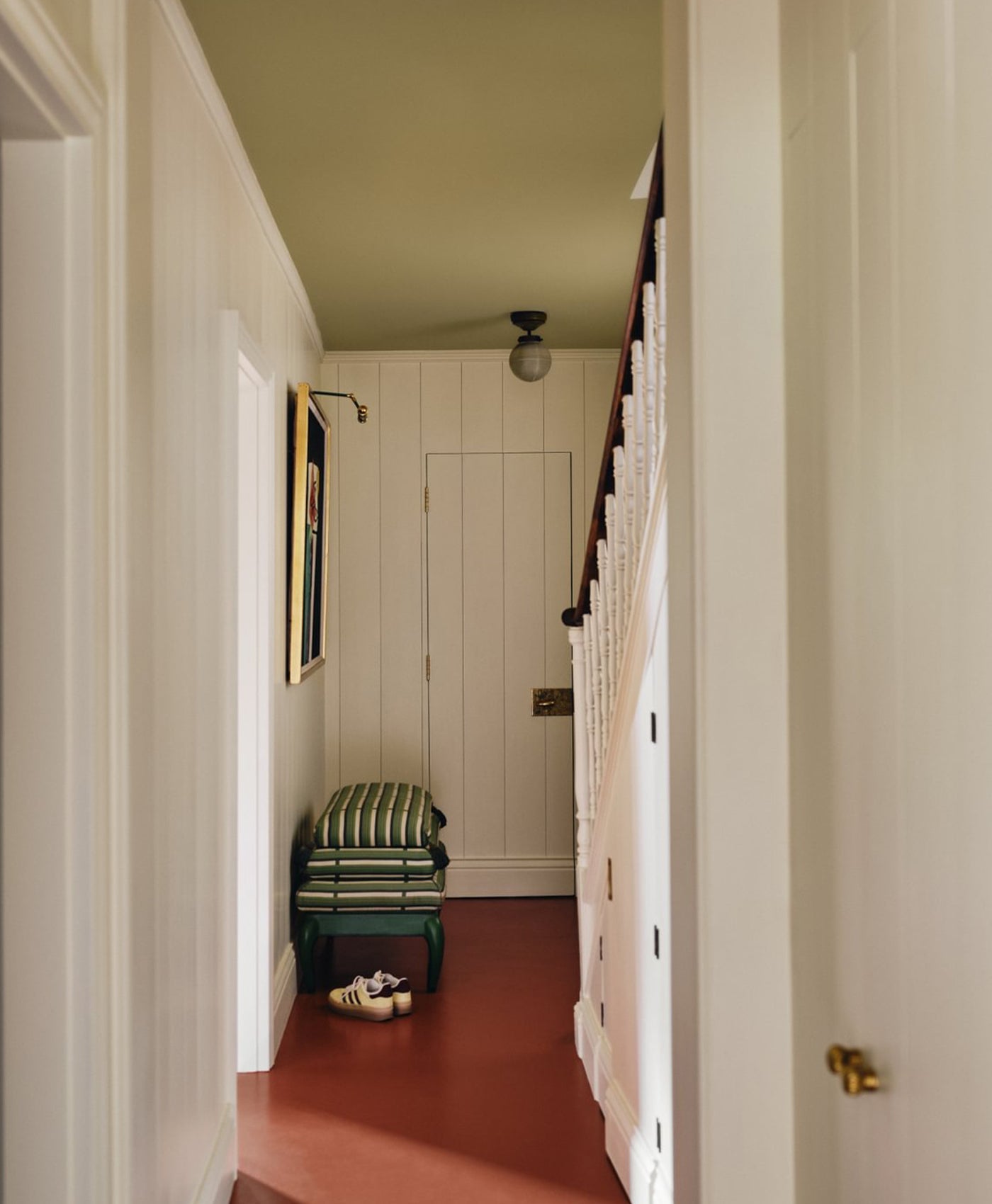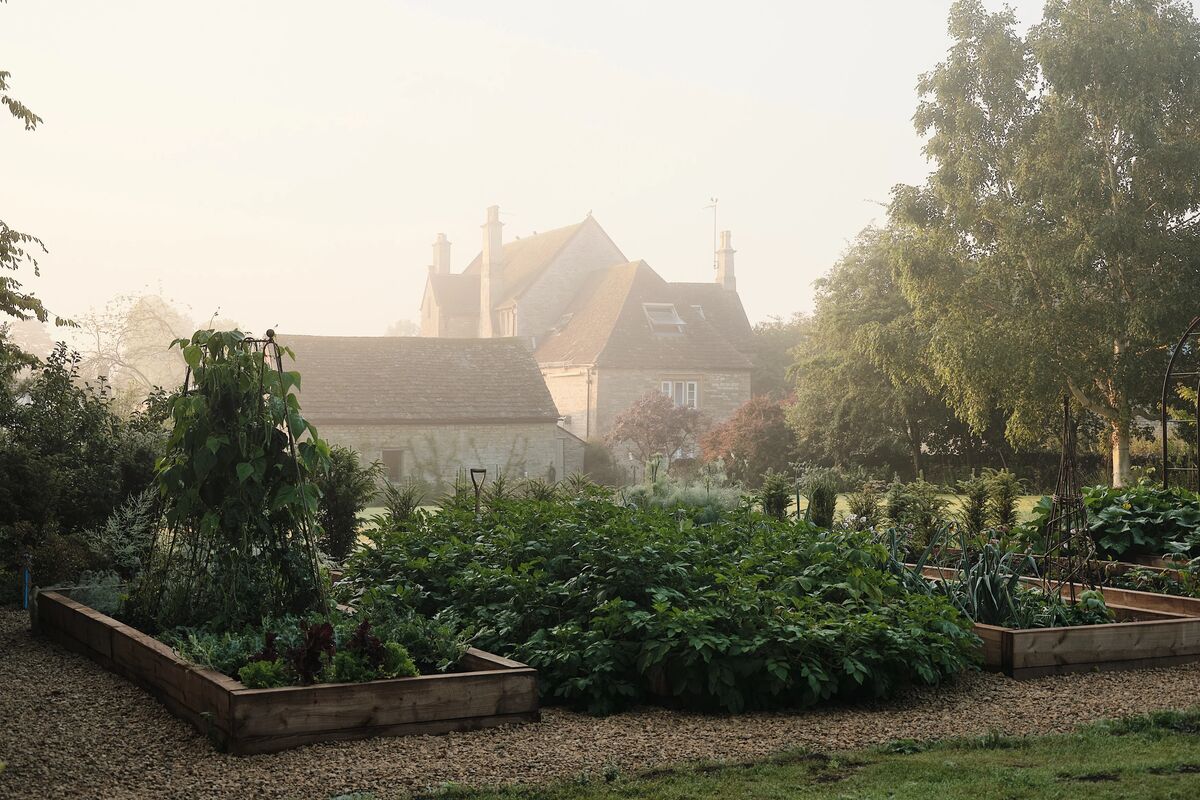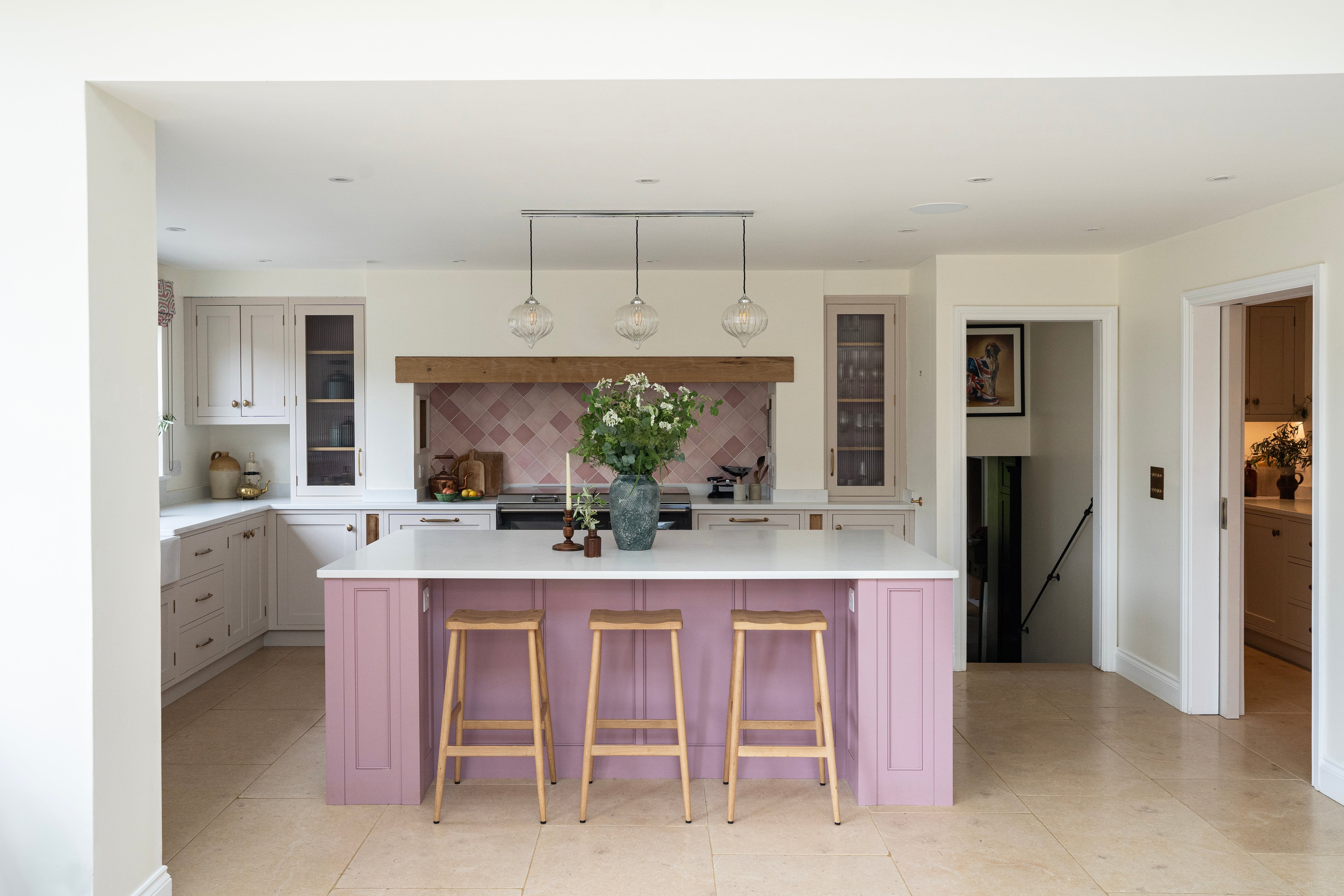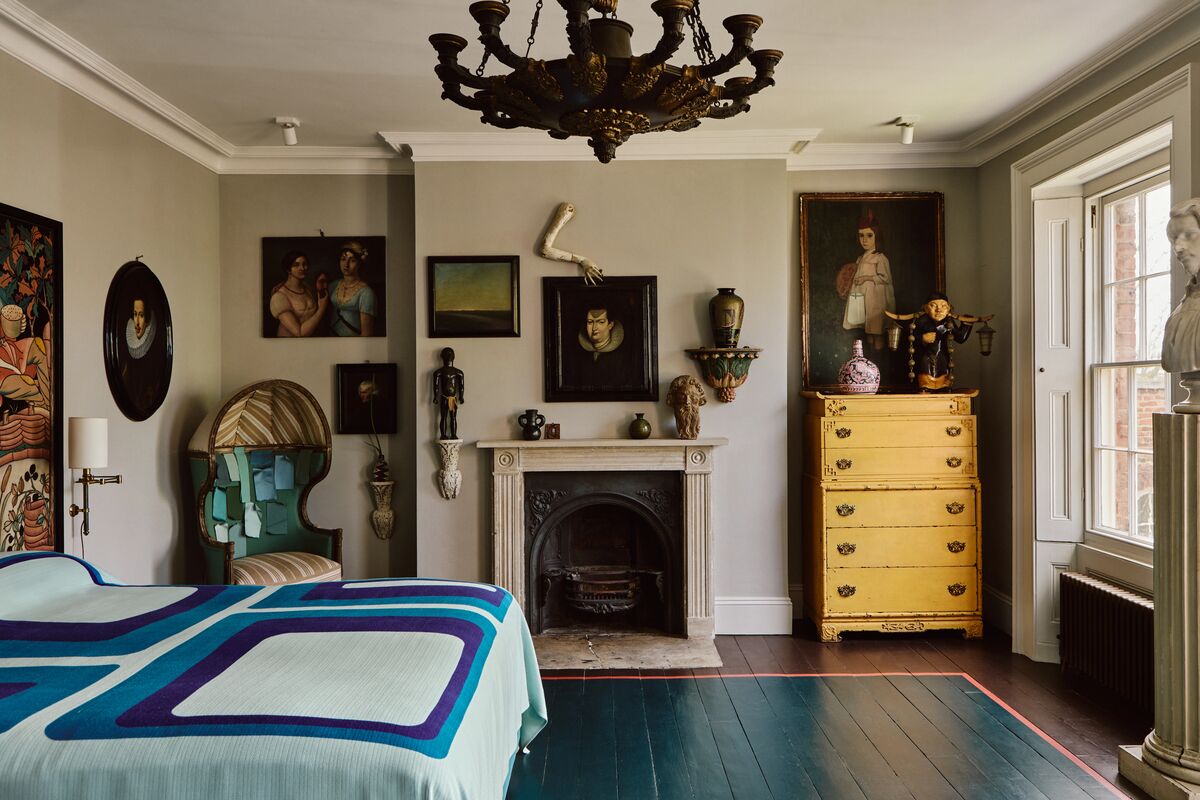
Designing With Purpose: Sustainable Interiors
 Walls in Grey Ochre™ No.151, Woodwork in Belgravia™ No.6, Floors in Market Green™ No.38, and Indian Lake™ No.288
Walls in Grey Ochre™ No.151, Woodwork in Belgravia™ No.6, Floors in Market Green™ No.38, and Indian Lake™ No.288
What is Sustainable Interior Design?
Exquisite interior design and environmental responsibility do not have to be mutually exclusive. You can achieve a beautiful home whilst mindfully reducing its environmental impact. Sustainable interior design is about enriching interior spaces and being eco-conscious simultaneously. It is an enduring philosophy that respects nature, enhances wellbeing, and offers timeless elegance.
Sustainable practices revolve around key principles including waste reduction, improving energy-efficiency and using materials with a long lifespan. It places a firm focus on eco friendly design and the quality of life for the home’s occupants. Sustainable interior design aims to improve our present and contribute to securing our planet’s future.
Like the fashion world, the interior design industry has recognised that it must change its ways. Sustainable interior design practices are fast becoming the norm, both in residential and commercial spaces. Green and sustainable interior design are not passing trends, they are the way forward.
Why sustainability matters?
Research shows that many conventional interior design practices have had a detrimental impact on our environment. Carbon emissions and energy consumption were high. Huge amounts of waste was generated. Harmful chemicals reduced the air quality. The list goes on, and the damage to our planet is extensive.
Today, we are armed with better knowledge and awareness. We recognise that reducing our carbon footprint, improving air quality and being energy efficient are just some of the positive actions we can take. Interior designers can seize opportunities to create eco-friendly homes, using energy saving designs and responsibly sourced materials.

Left image: Walls in Copper Green™ No.36, Right Image: Walls in Limestone™ No.55
What are sustainable materials for interior design?
To create a more sustainable home, you need to consider multiple aspects. An important one is the materials that you use. Step away from harmful, wasteful and non-recyclable products. Instead, opt for items made from natural materials that have been responsibly sourced.
Single-use products be gone. Sustainable materials are carefully chosen for their entire lifecycle, from raw sourcing to end-of-life recyclability. This approach is to ensure durability and reduce landfill waste.
Natural or eco-friendly paints
Traditional paints include Volatile Organic Compounds (VOCs) and are solvent-based. They emit toxic fumes that reduce the air quality inside the home for many years. Opt for water-based, low-VOC or natural paints.
Mylands paints are water-based and ultra-low in VOCs (0.1–0.29%). We use rich, natural earth pigments. Our multi-surface plant-based, natural paint is a non-toxic option for your home. As such, our high quality yet low emission products are kinder to both people and planet.
Left Image: Kitchen cabinetry in Messel™ No. 39, Right Image: Walls in Cadogan Stone™ No.59
Eco-friendly materials
Sustainable interior designers lean towards the use of reclaimed woods, FSC-certified timber, recycled textiles, and responsibly-sourced natural materials.
Bamboo: Lightweight, yet strong and durable, bamboo is ideal for furniture and home decor. It grows rapidly so it can be produced in a short time frame using sustainable practices. A renewable resource, it is also stylish and attractive to use in your home.
Reclaimed wood: A popular option amongst interior designers, reclaimed wood is sourced from old buildings. It is given a new lease of life and repurposed into reclaimed wood furniture and home decor. What was once a barn door could become wooden flooring for your sustainable home. Better still, it stops other trees from being cut down.
Recycled glass: What happens to the bottles and jars that you put out for recycling? Well, they could be repurposed to become your countertop, glass tiles or a decorative feature.
Organic cotton: Synthetic fabrics do not biodegrade so end up in landfill. Natural textiles, like organic cotton, wool, hemp or jute break down naturally without causing environmental harm. In addition, no chemical fertilisers or pesticides are used on organic cotton.
How do you implement sustainability in an interior design project?
You need to adopt an eco-conscious mindset from the very start of your home renovation or new building project. It needs to inform your decision-making every step of the way from planning to design, construction and decoration.

Left Image: Walls in Holland Park™ No.5, Left Image: Walls in Beata White BH.01
Energy saving technology
The green building design process focuses on reducing the impact of electricity and energy consumption in general. Look into sources of renewable energy, such as solar panels. Maximise the use of natural light to reduce your reliance on artificial lighting. Switch to LED lighting which is a longer-lasting and energy saving solution.
Enhance indoor quality
Create an ambient atmosphere in your home. Find ways to bring in more natural light - such as large windows, high ceilings and roof lanterns. Consider your heating, ventilation and air conditioning requirements during the design process. Use materials that improve the air quality. Think low VOC and breathable paints, low-emission adhesives, and products with minimum toxins.
Embrace biophilic design
Integrate natural elements into your interior design to improve health and wellbeing. That can be as simple as bring the outside in, with houseplants around the home. But also, using natural materials such as wood and stone to amplify that ethos.
Shop local
Turn to local craftspeople and businesses before shipping goods across the world. It reduces your carbon footprint without those transport emissions. It is also good for your local economy, and supports independent businesses in your area. All our paints are proudly crafted in our London factory in Lambeth, reflecting our commitment to quality, sustainability, and local production.
Reduce waste
Waste reduction is another key principle of sustainable interior design. Reuse or recycle materials wherever possible, whether it’s surplus fabric, offcuts of wood, or leftover paint. Mis-tints and over-runs are a natural part of paint production, but at Mylands, we give them a second life. Our Upcycled Collection transforms these excesses into elegant, usable shades, proving that waste can be reimagined as something beautiful.
Instead of choosing low-cost, short-term items, invest in timeless designs that offer durability and longevity. Consider disassembly and adaptability too, modular furniture with both form and function allows for easy upgrades over time, reducing the need to replace entire pieces.
All our paints are made to order, helping to minimise waste from overproduction and ensuring that each batch is crafted with purpose.
Look out for certified frameworks
Support businesses that have achieved recognised certification and marks of sustainability. Frameworks such as PlanetMark, B-corp and FSC are marks of eco-consciousness.
Mylands’ commitment to sustainability
“Beautiful paints made for a beautiful planet - that’s the Mylands way,” says Dominic Myland, CEO
At Mylands, we understand the importance of preserving our planet's natural resources and minimising our carbon footprint. That is why we carefully select our raw materials and use responsible manufacturing practices to ensure that our paints are as eco-friendly as possible. We are making continuous improvements and moving towards eco-friendly living. Our commitment to sustainability is deep-rooted and hugely important to us.
Mylands recently achieved Planet Mark certification, committing to measuring, reducing, and reporting carbon emissions across scopes.
“Mylands is proud to be Planet Mark Certified. It is an exciting achievement that shows our commitment to sustainability within the paint industry. This internationally recognised certification is the first step towards our goal of reaching net zero.”— Dominic Myland, CEO.
